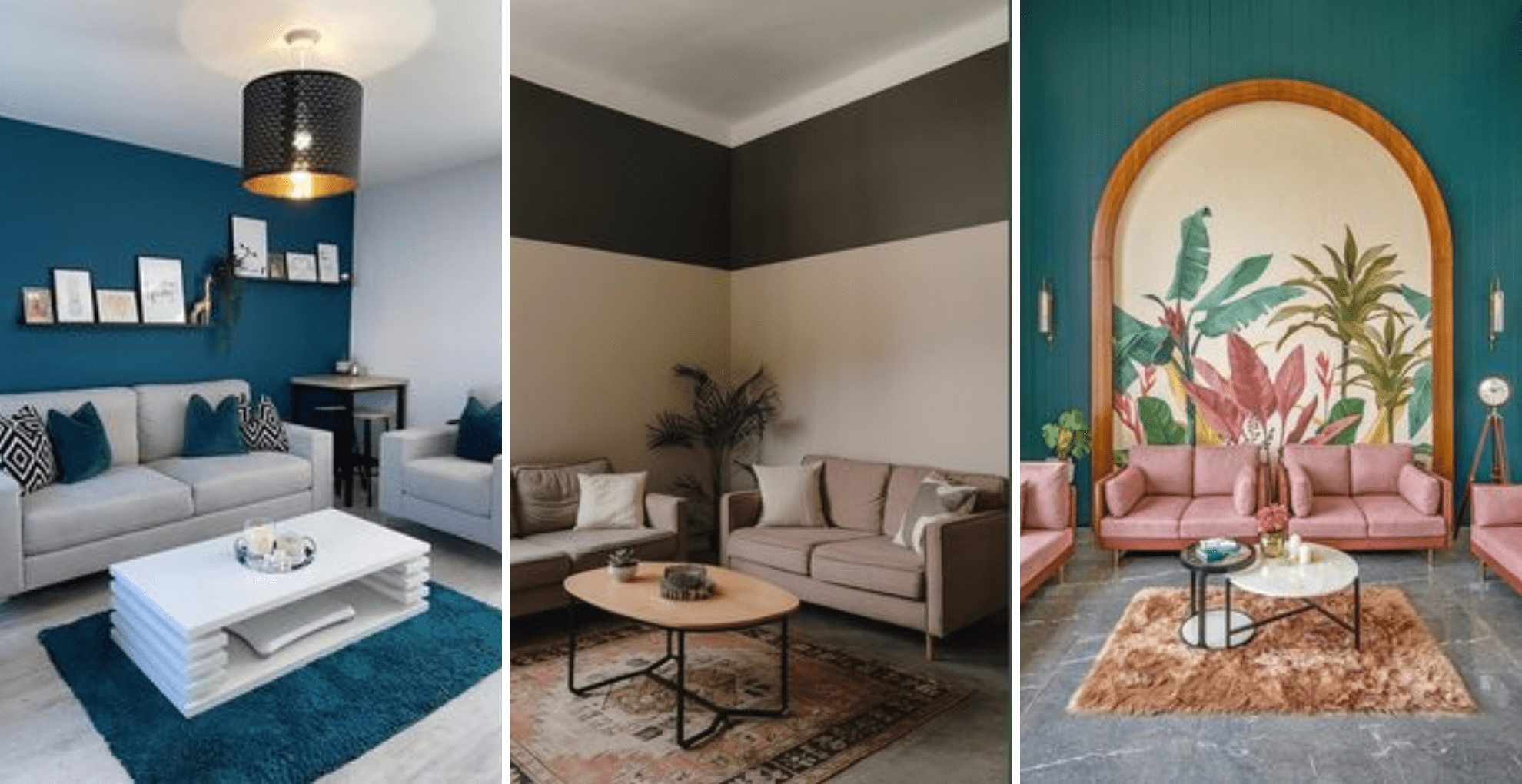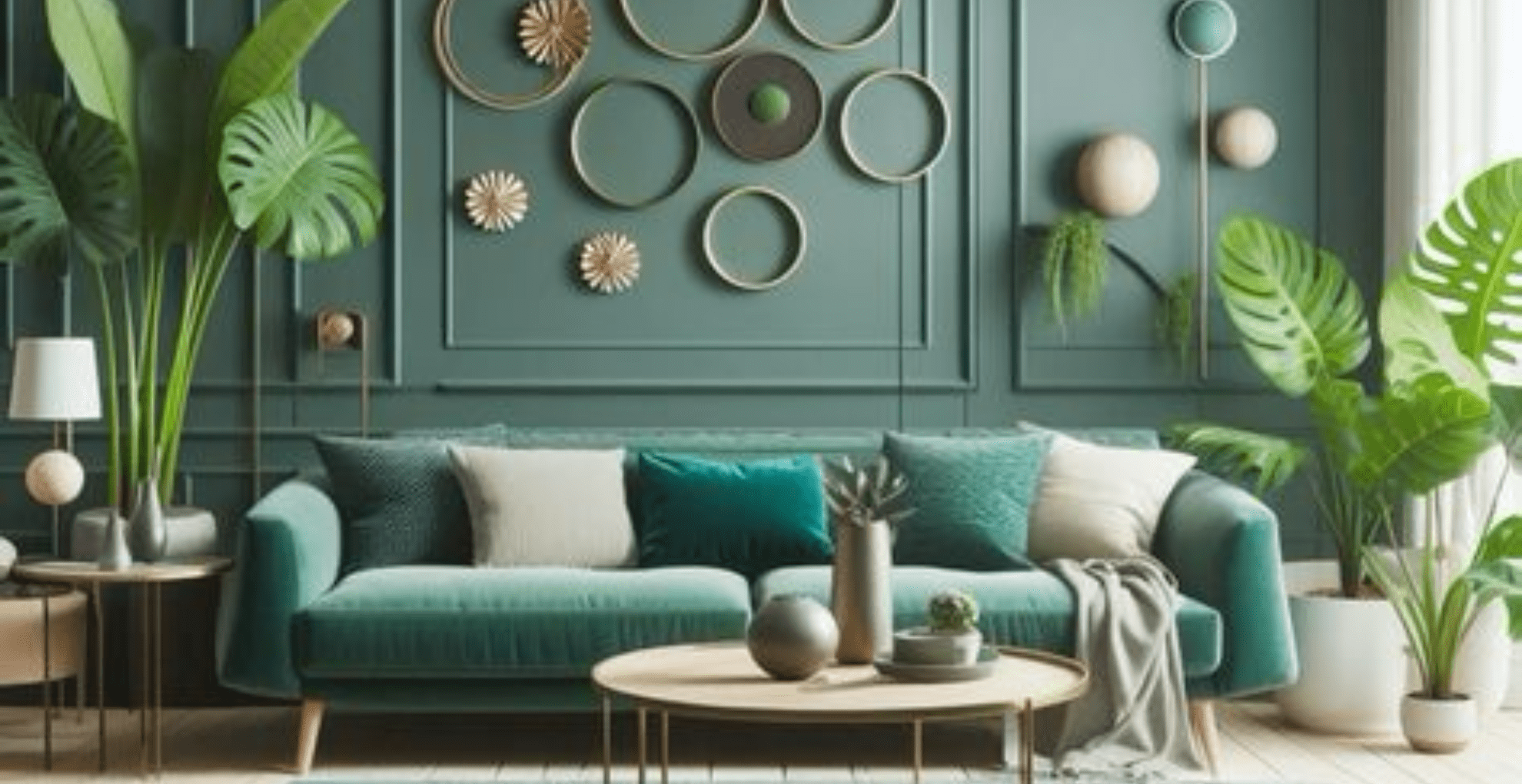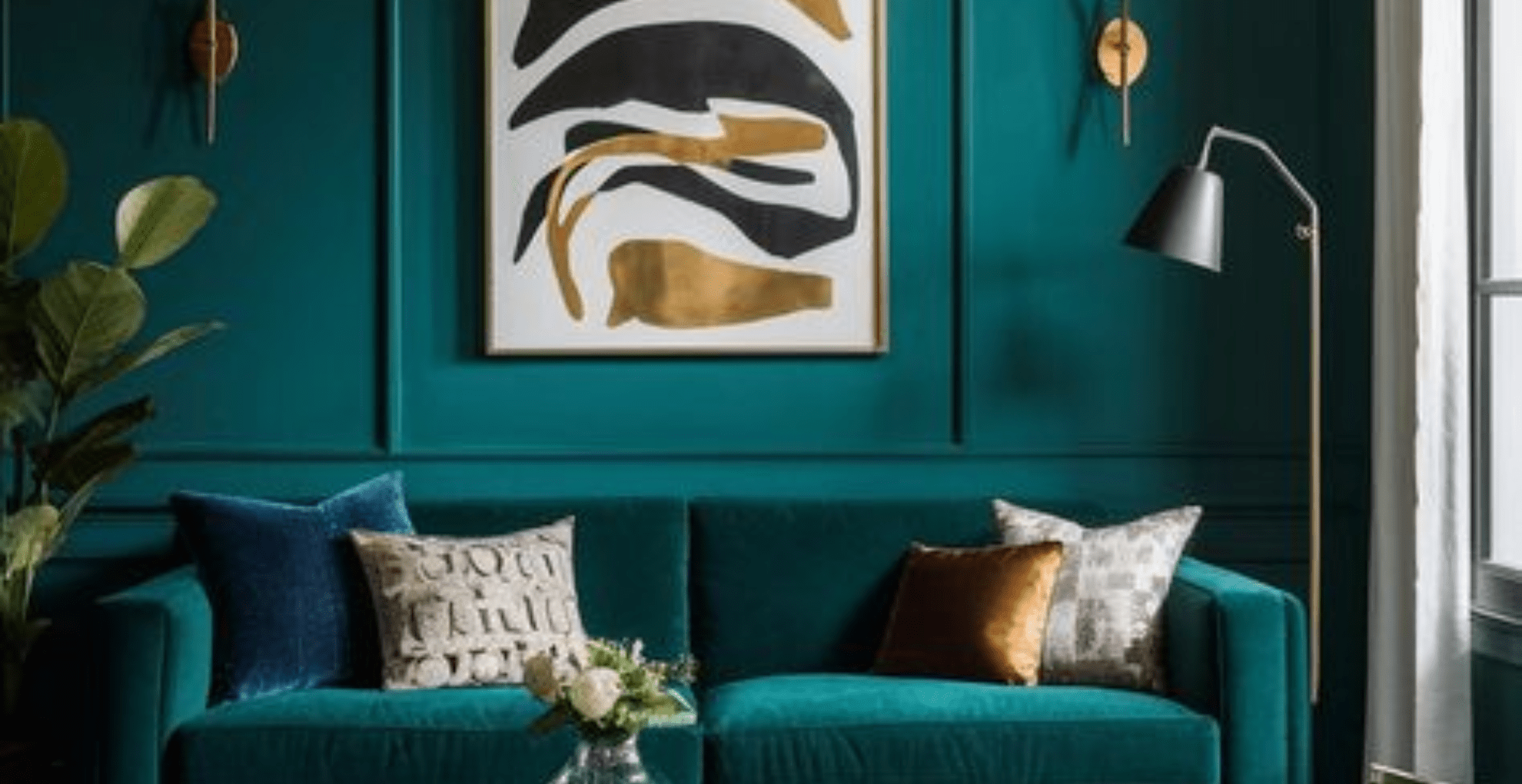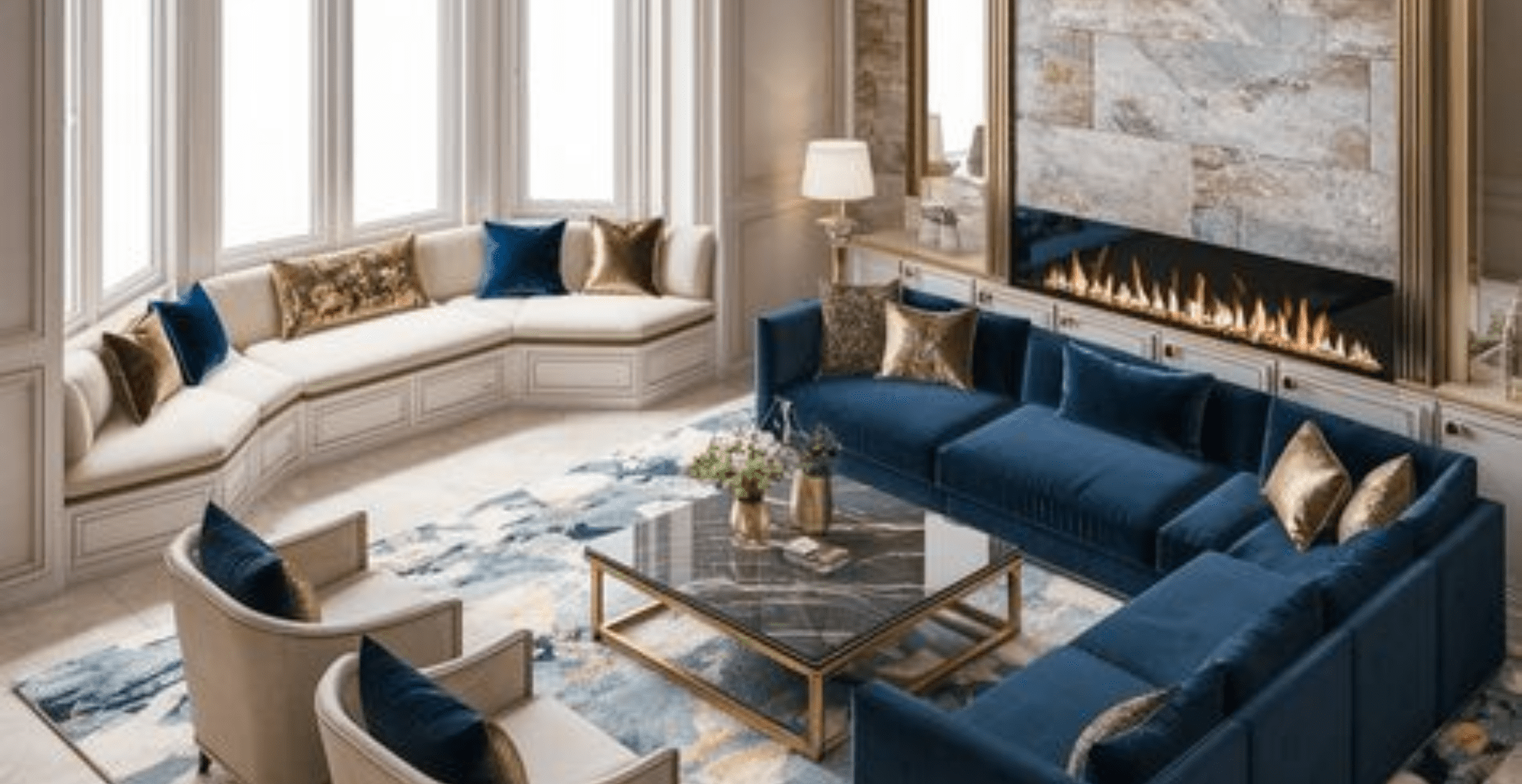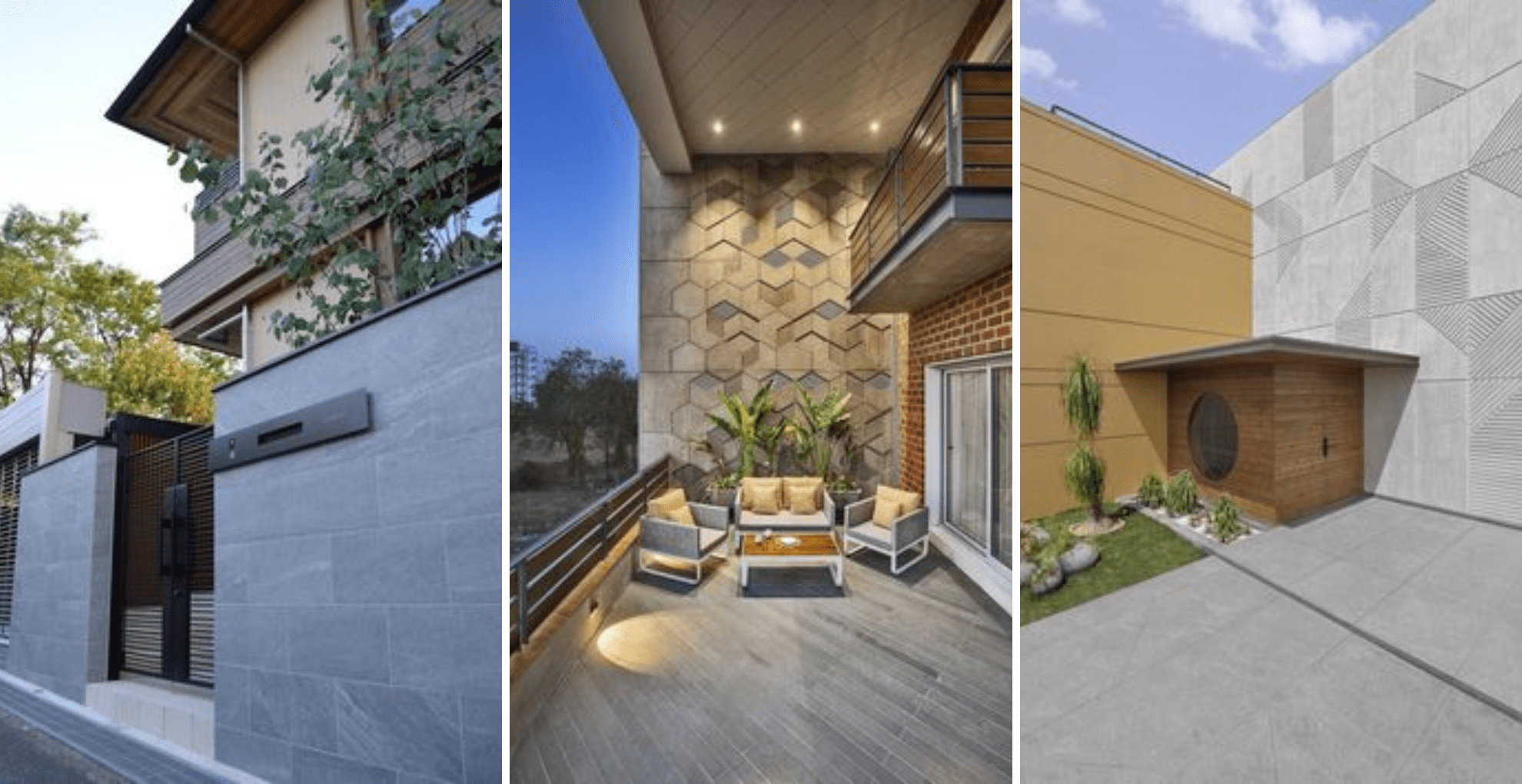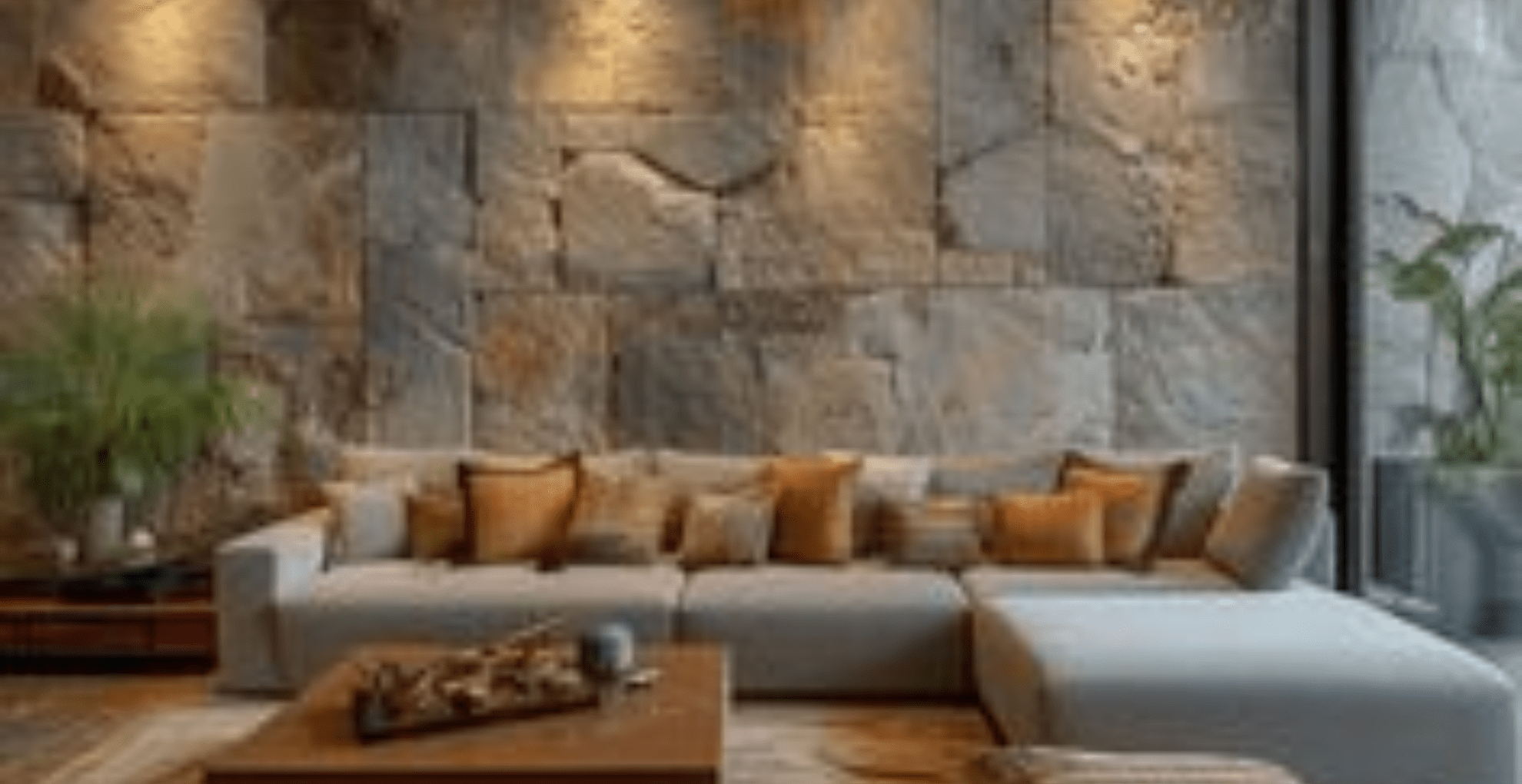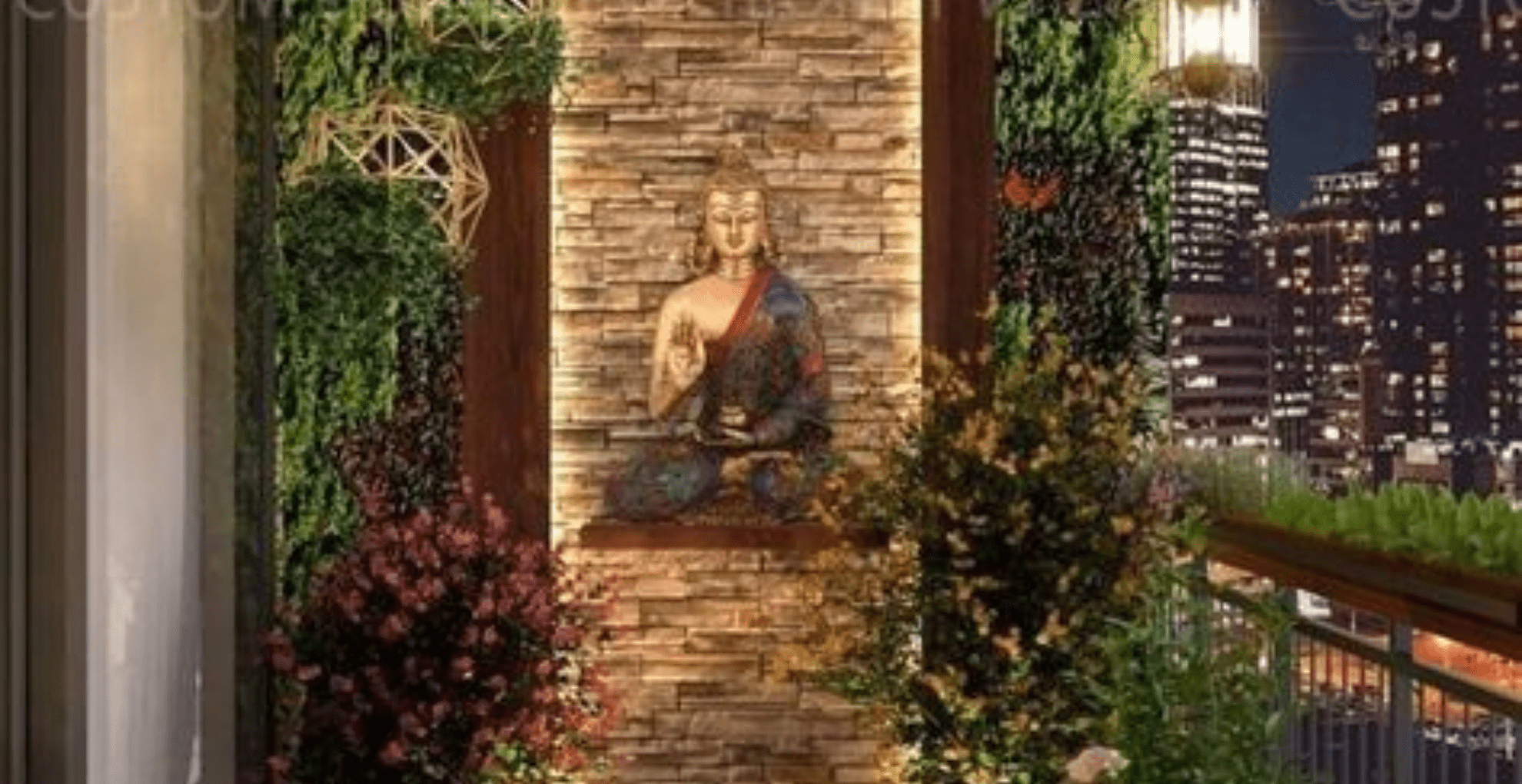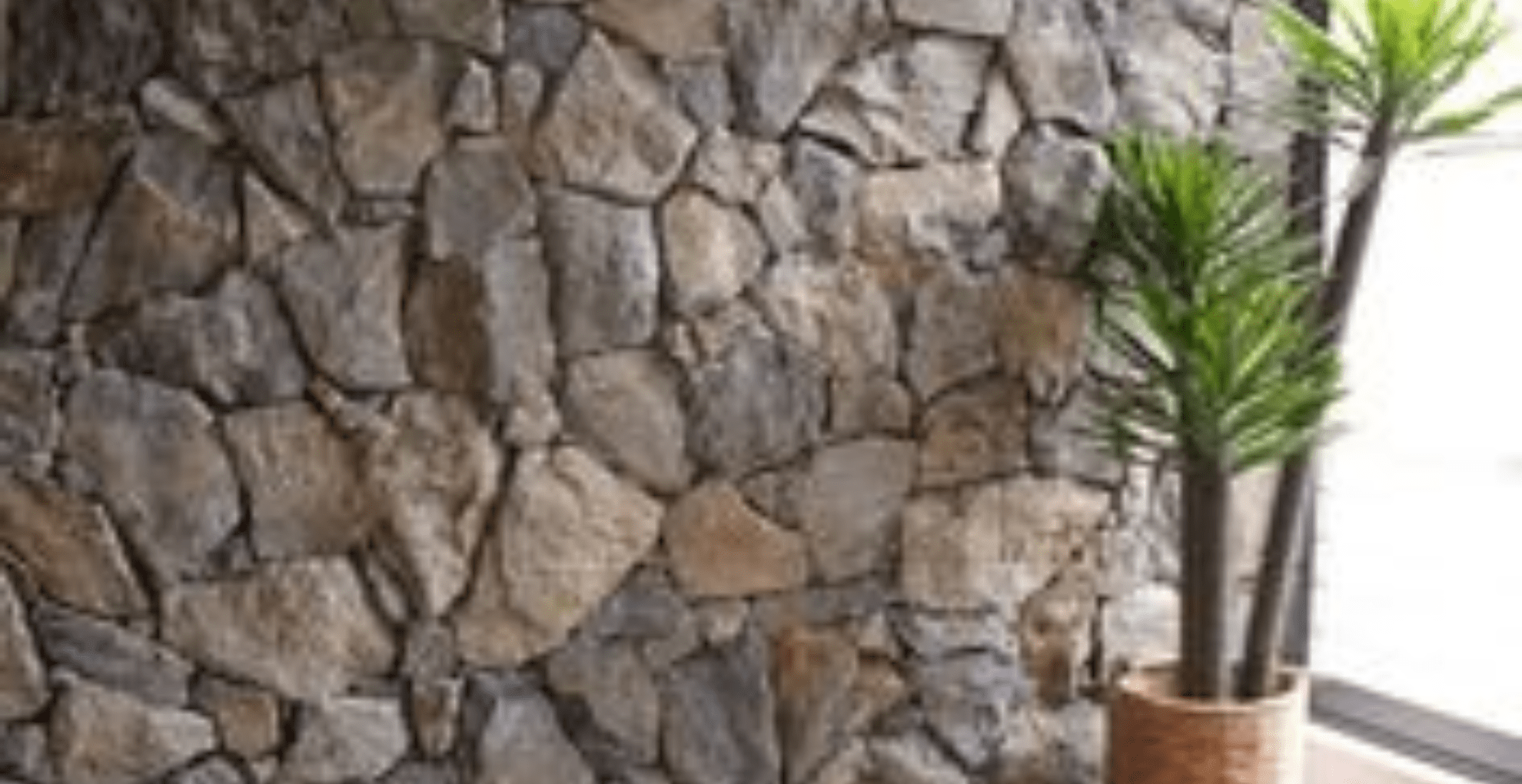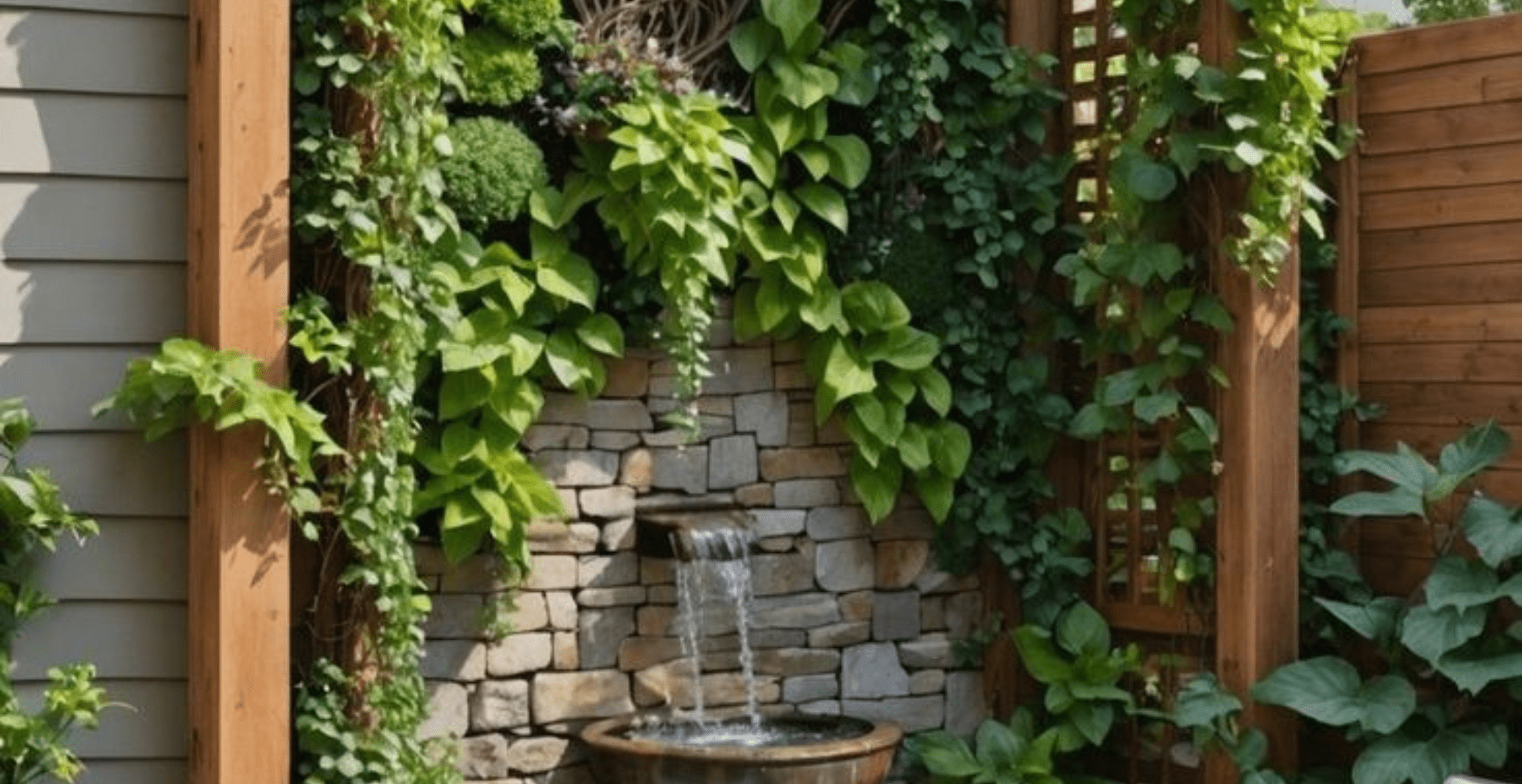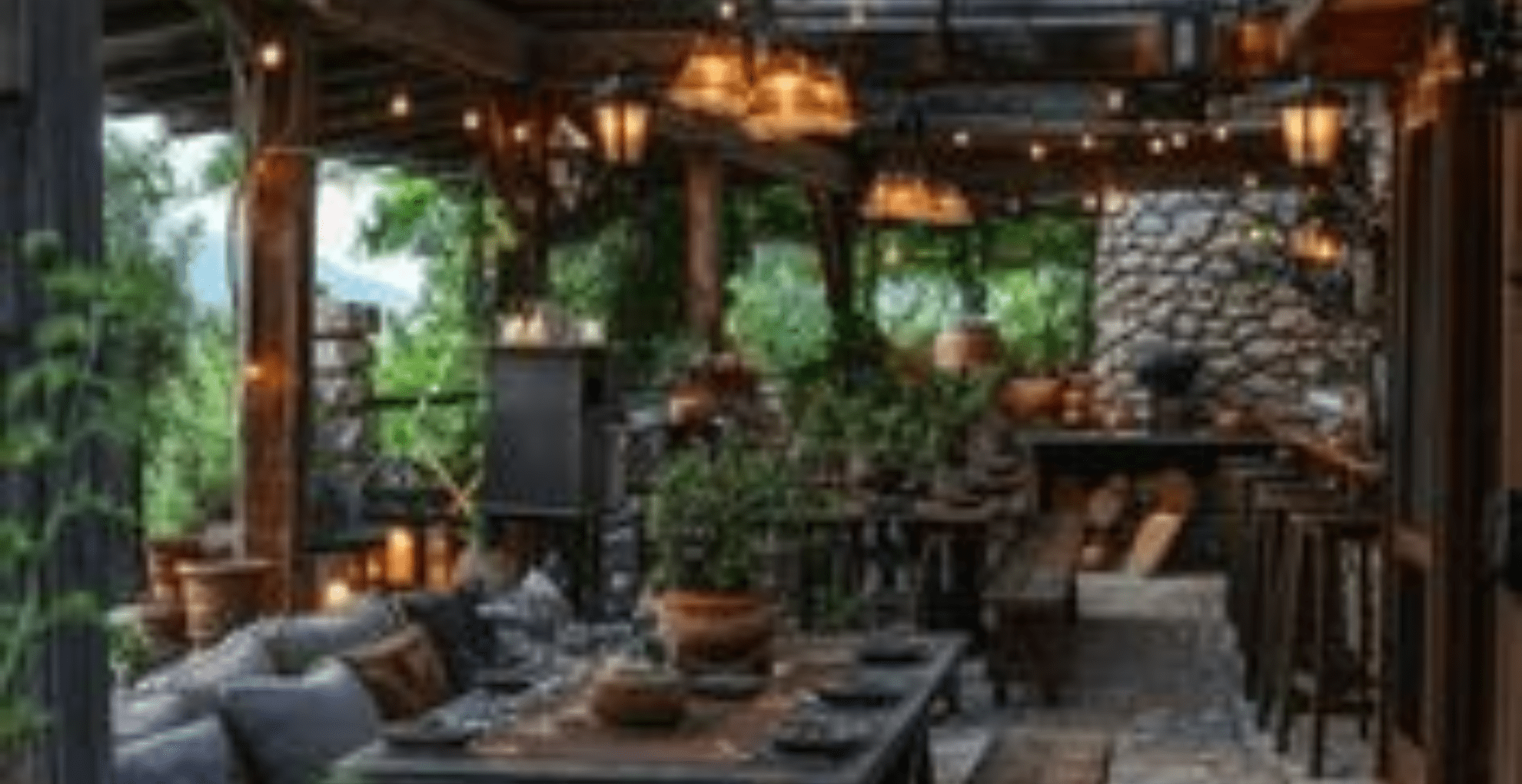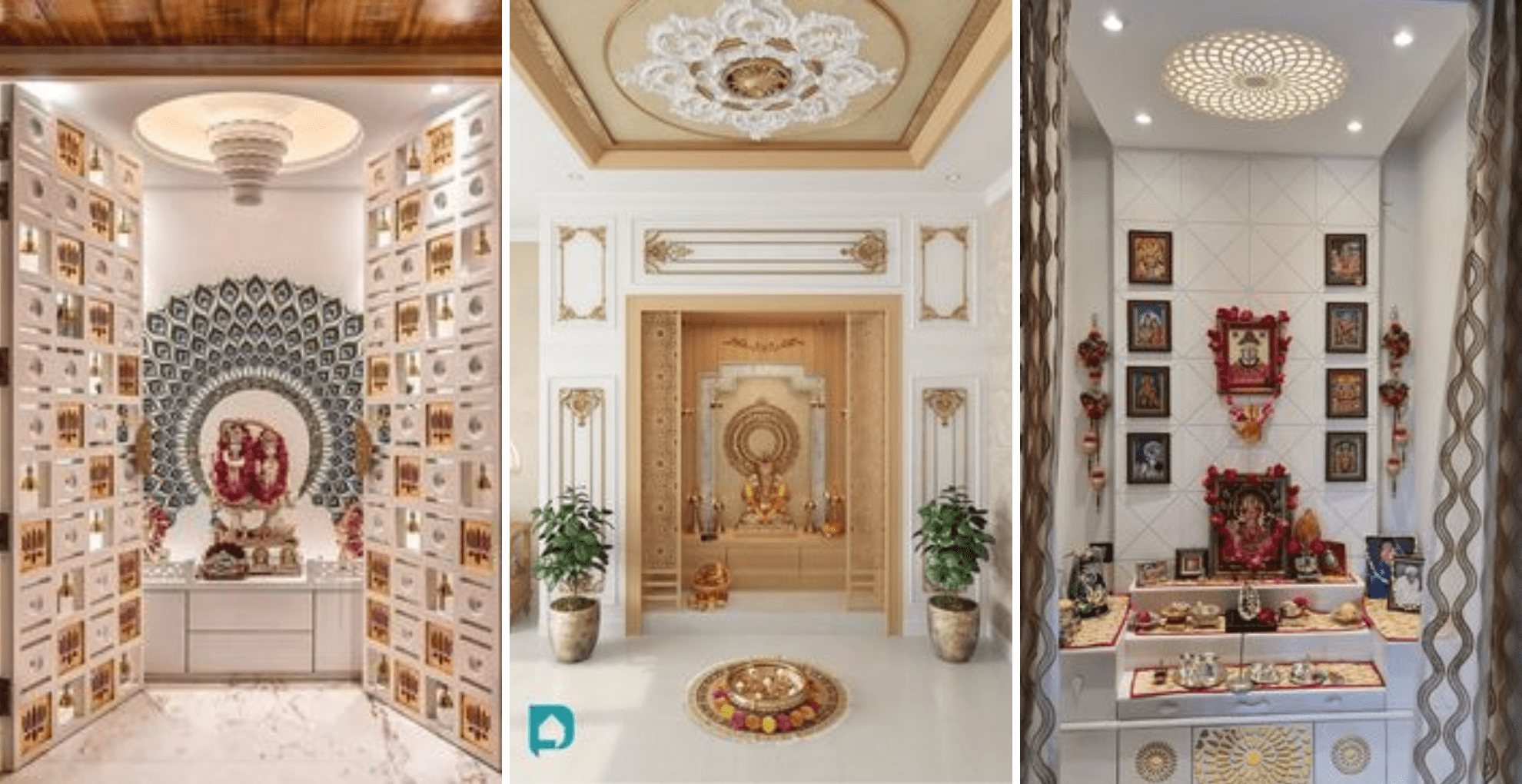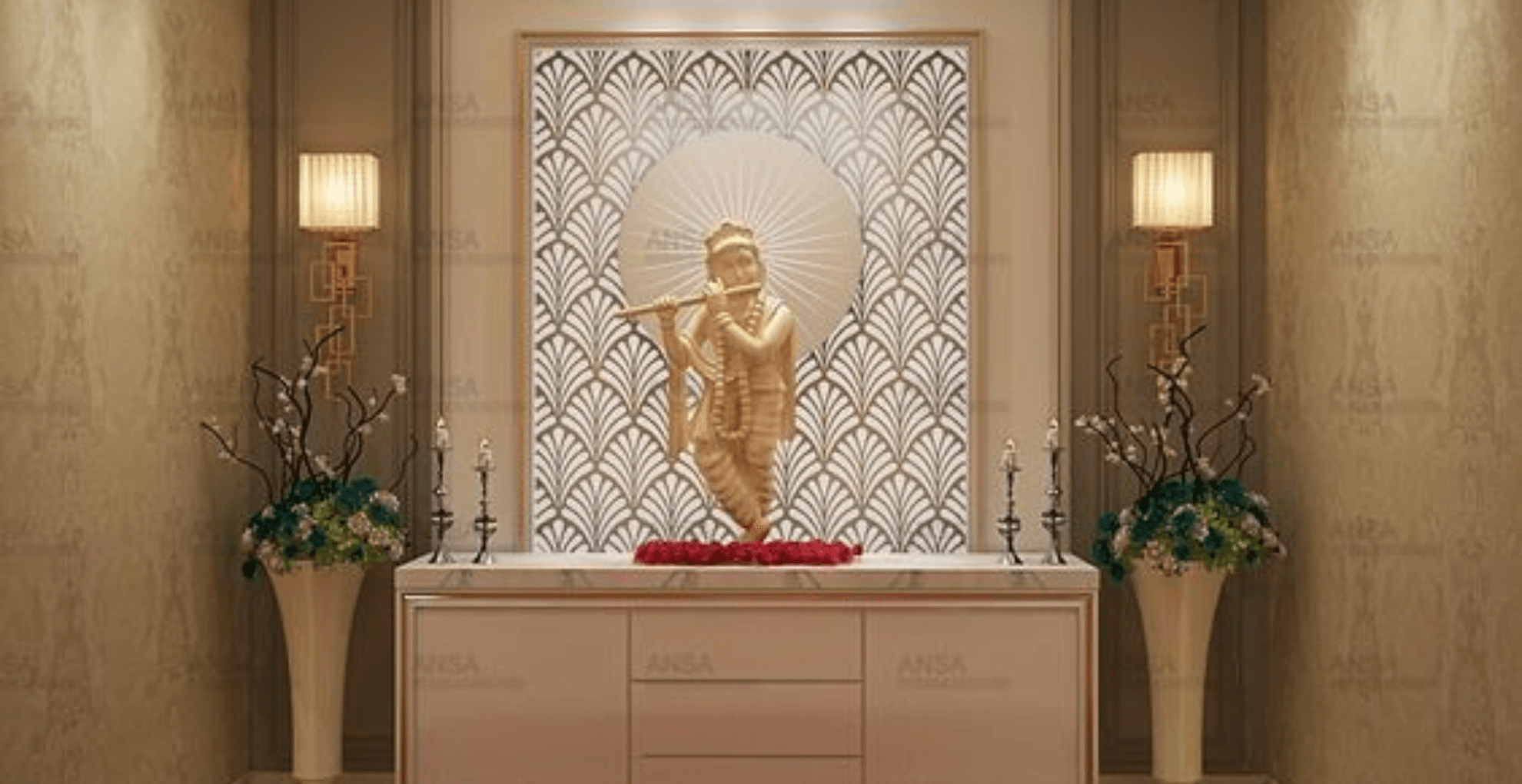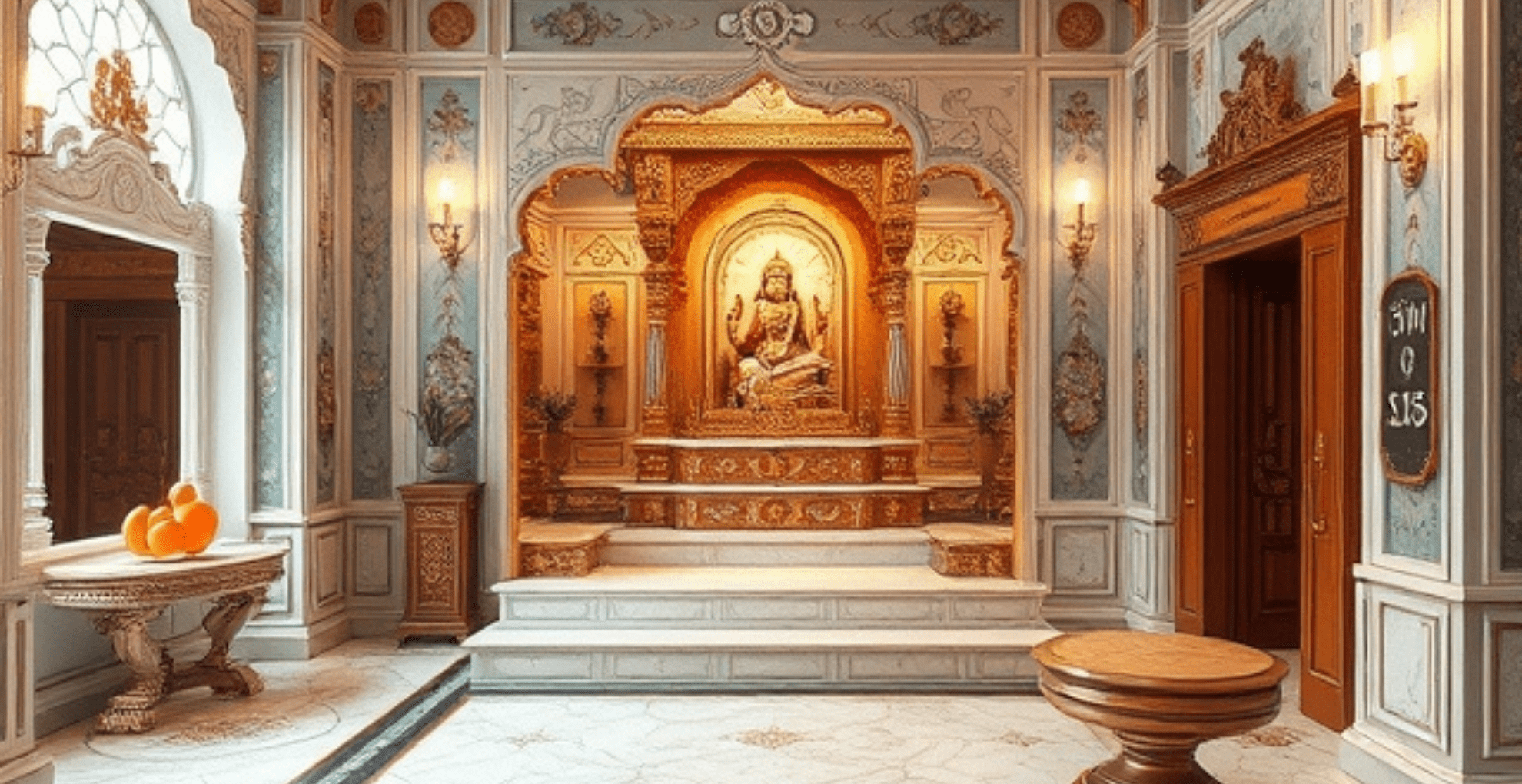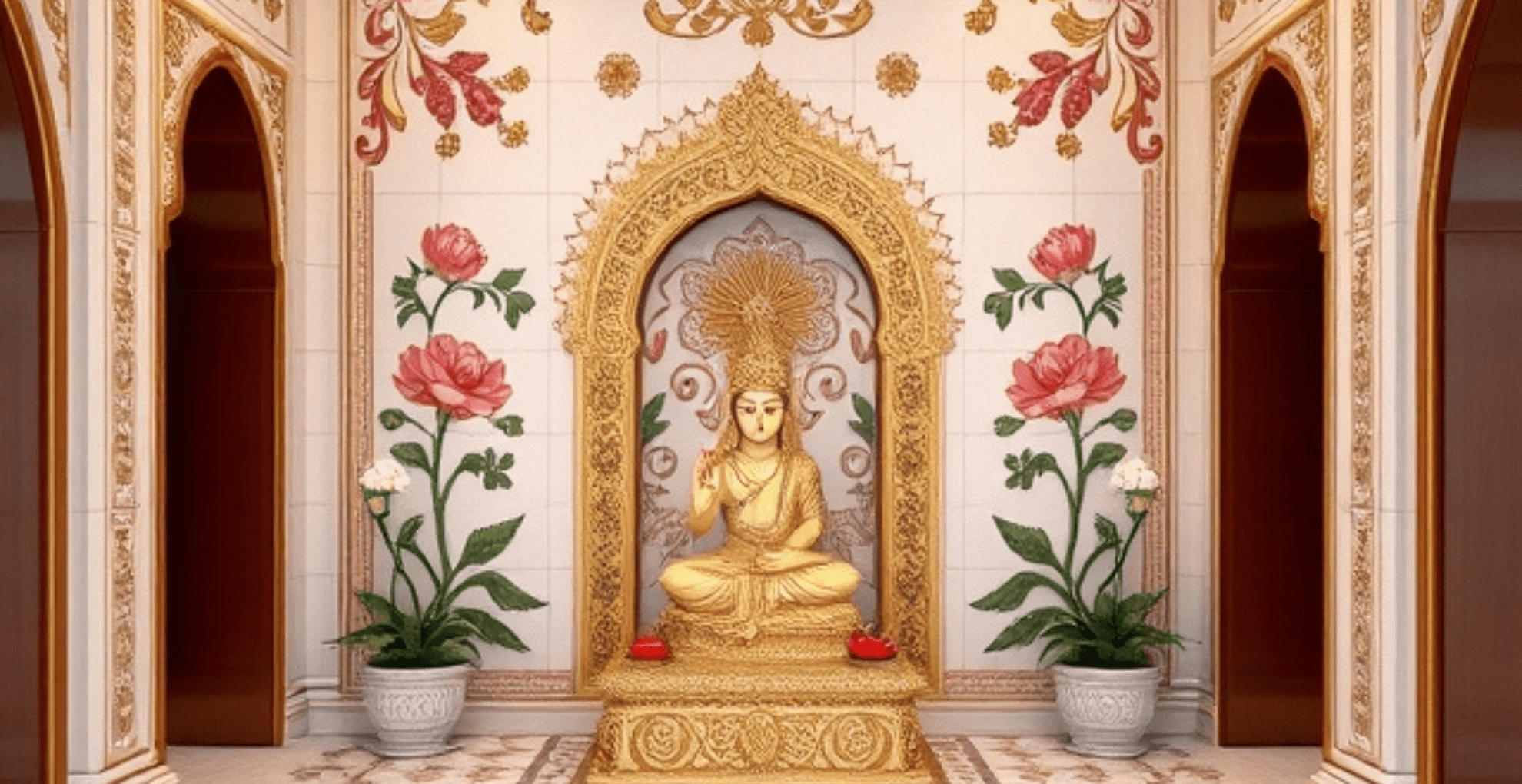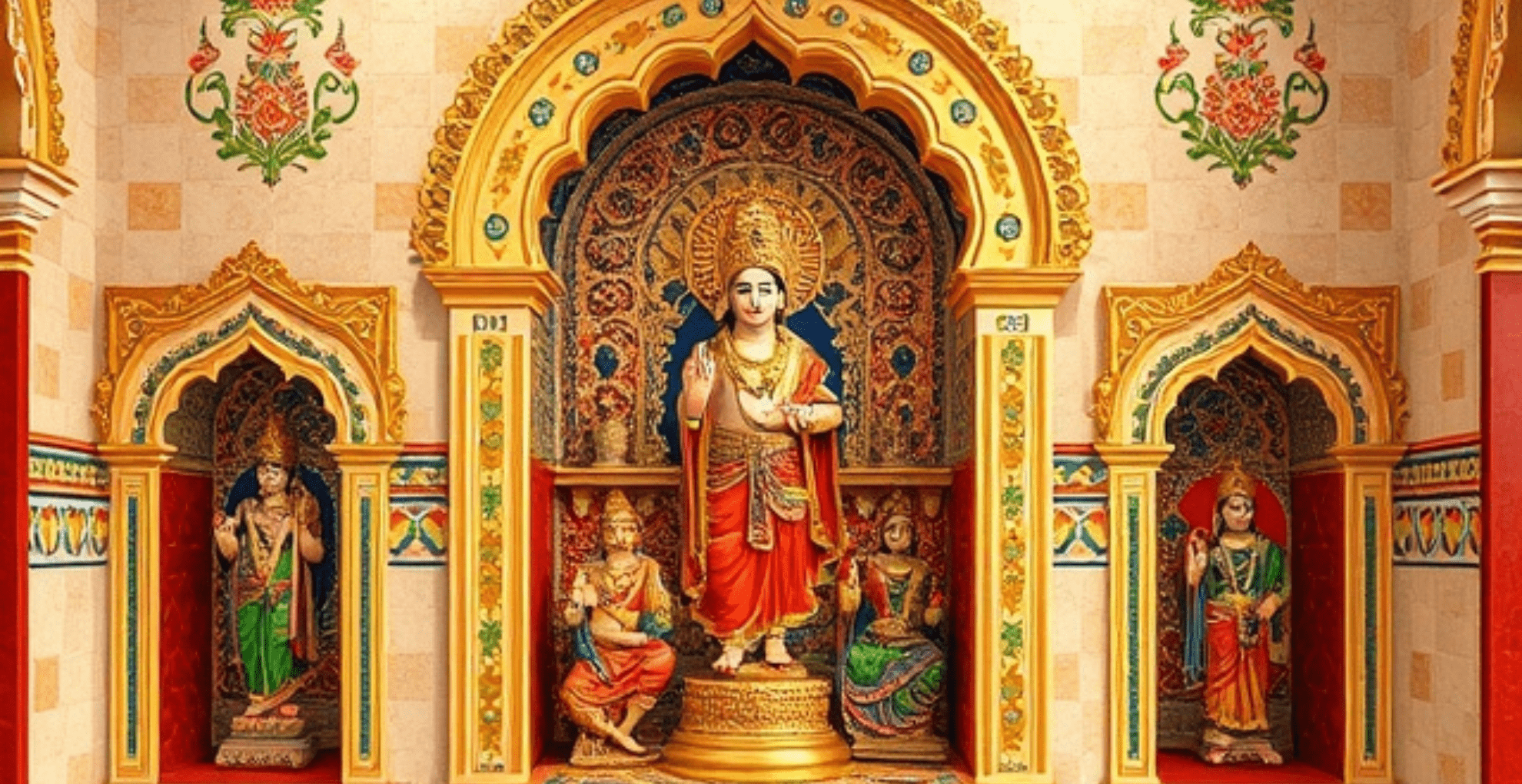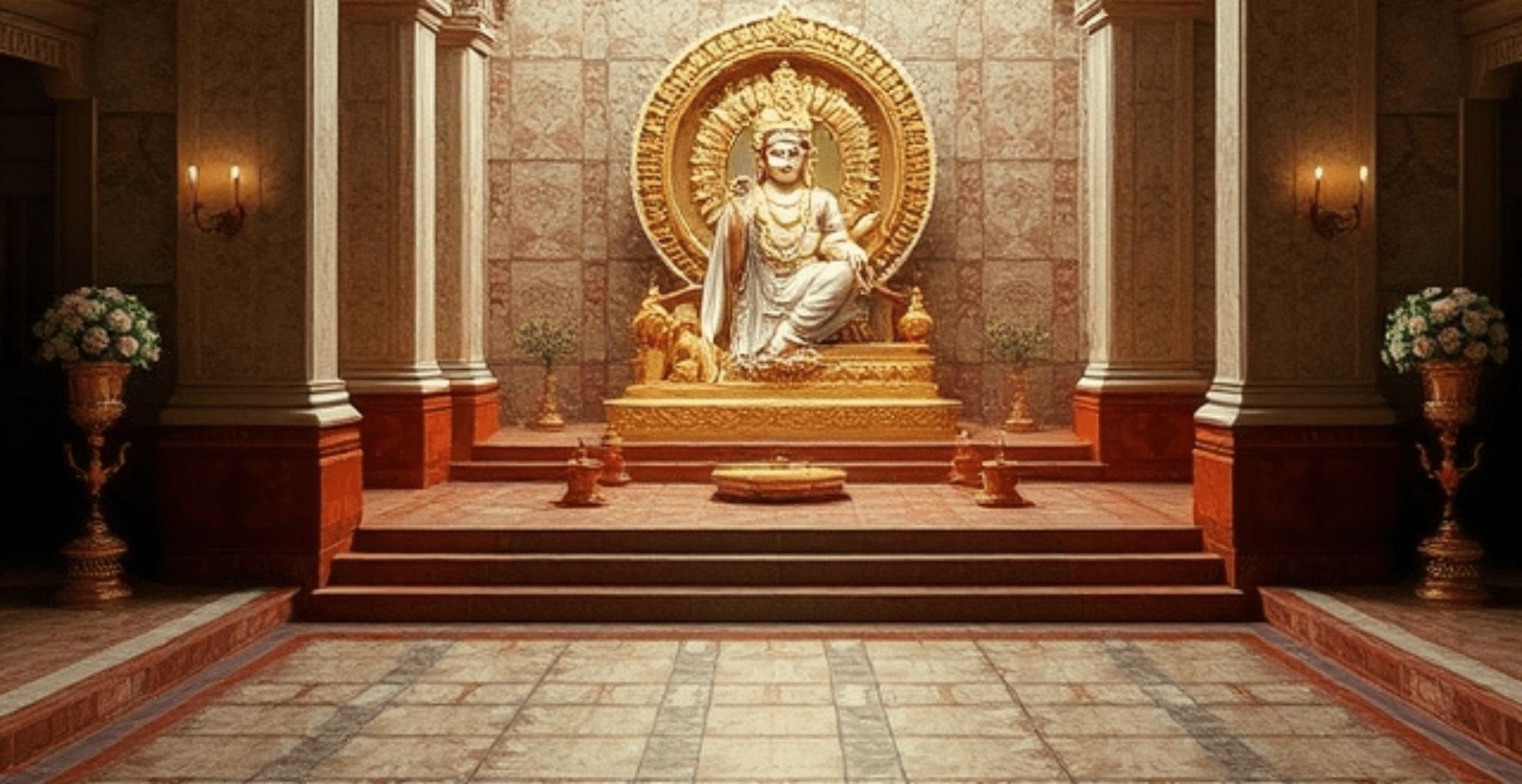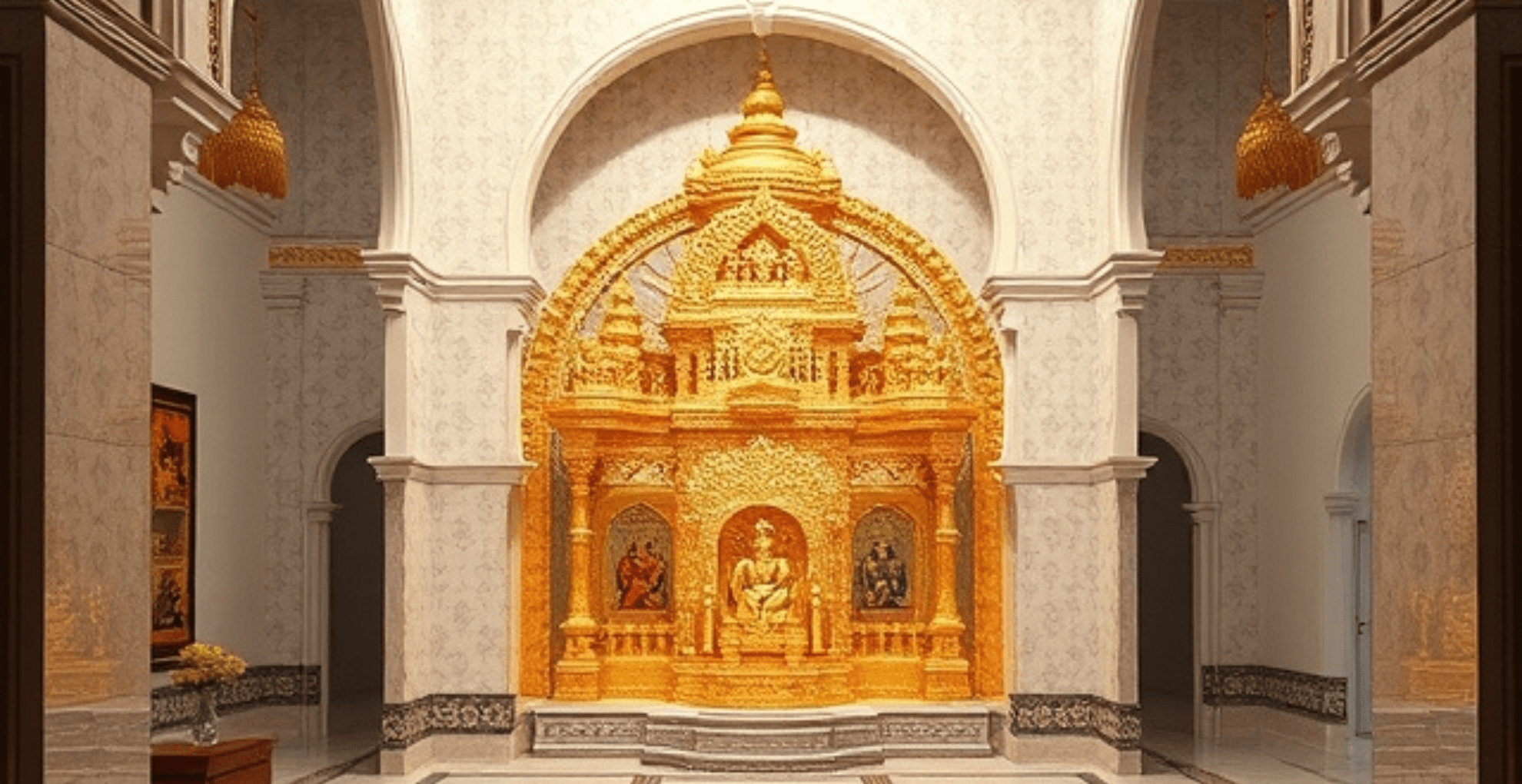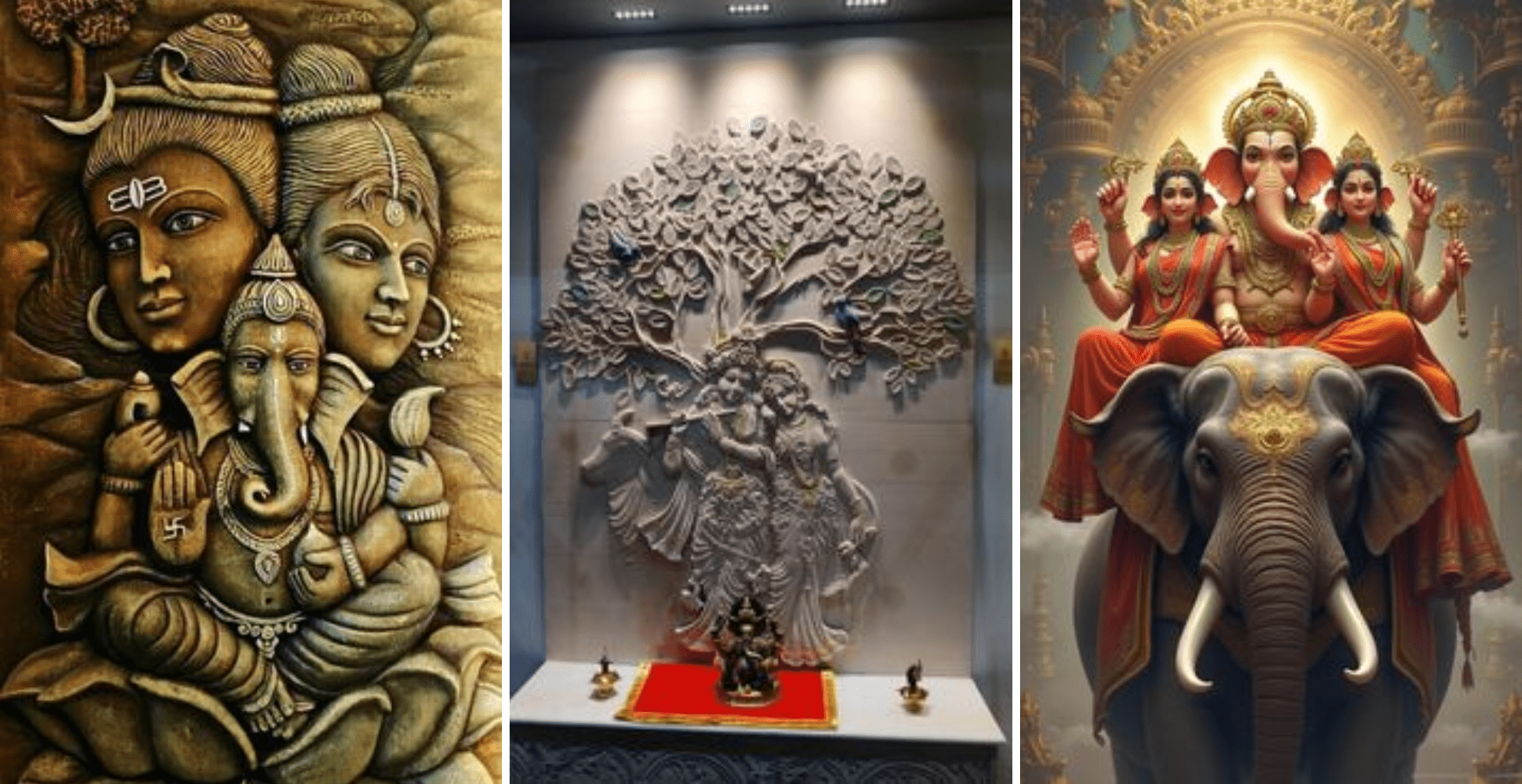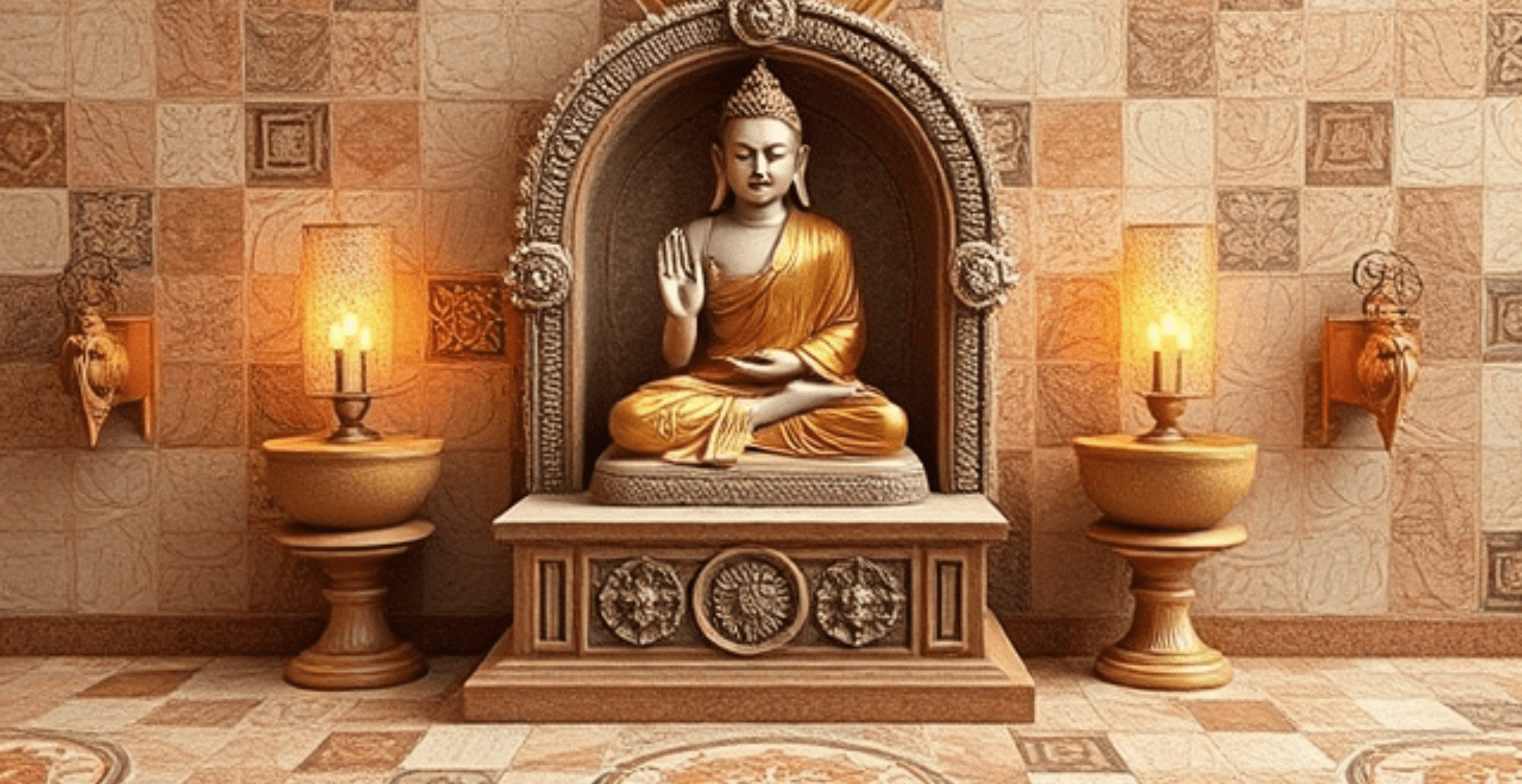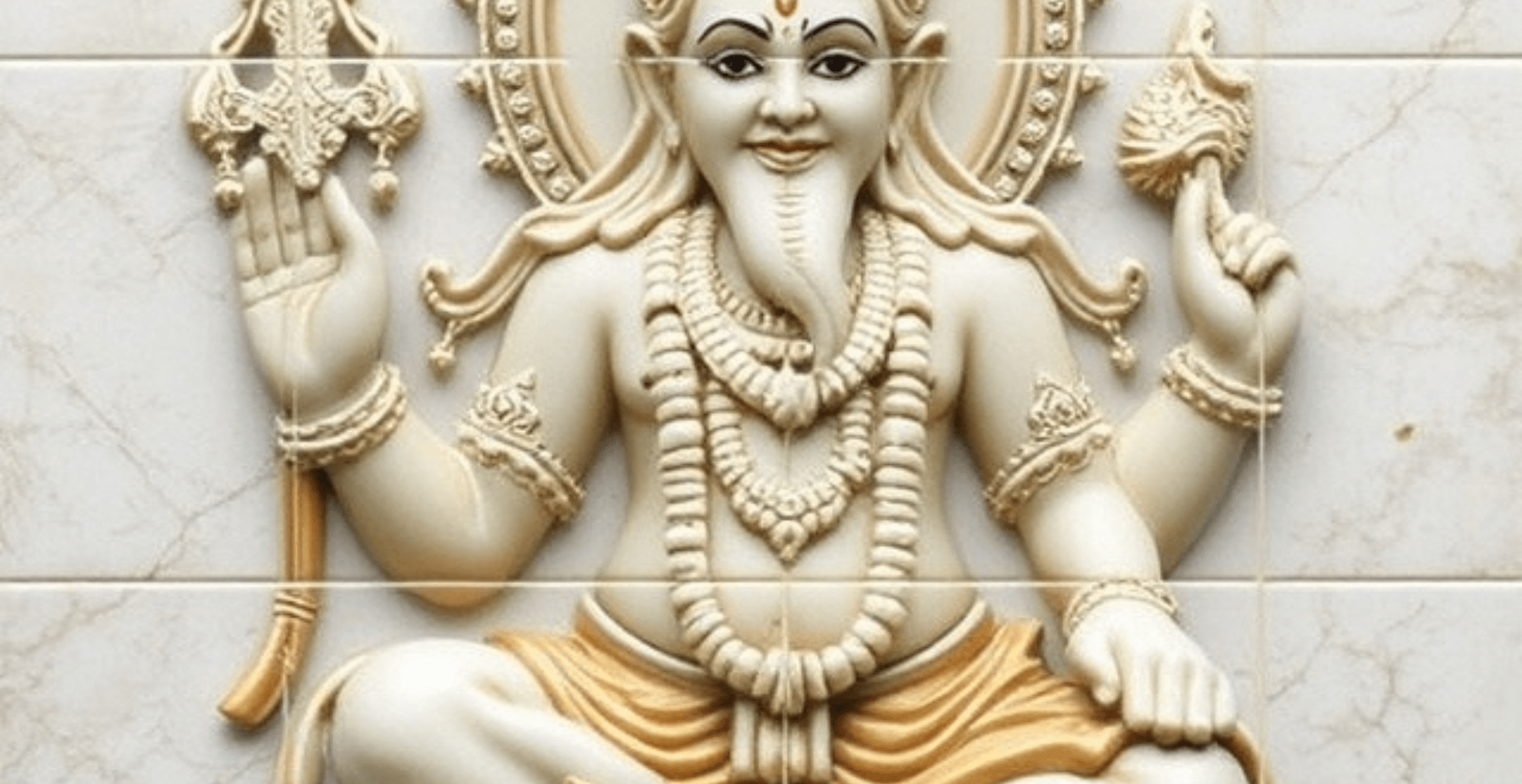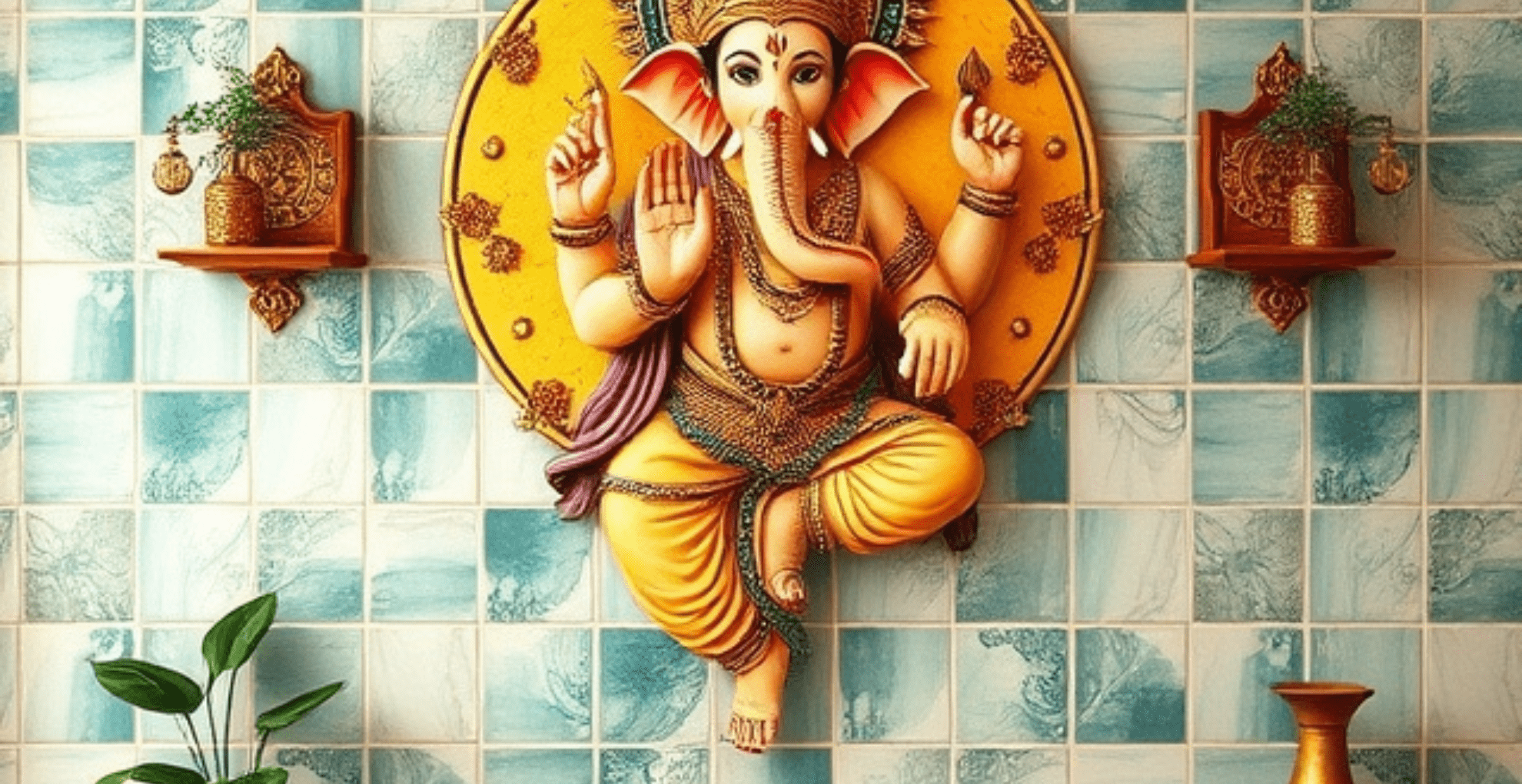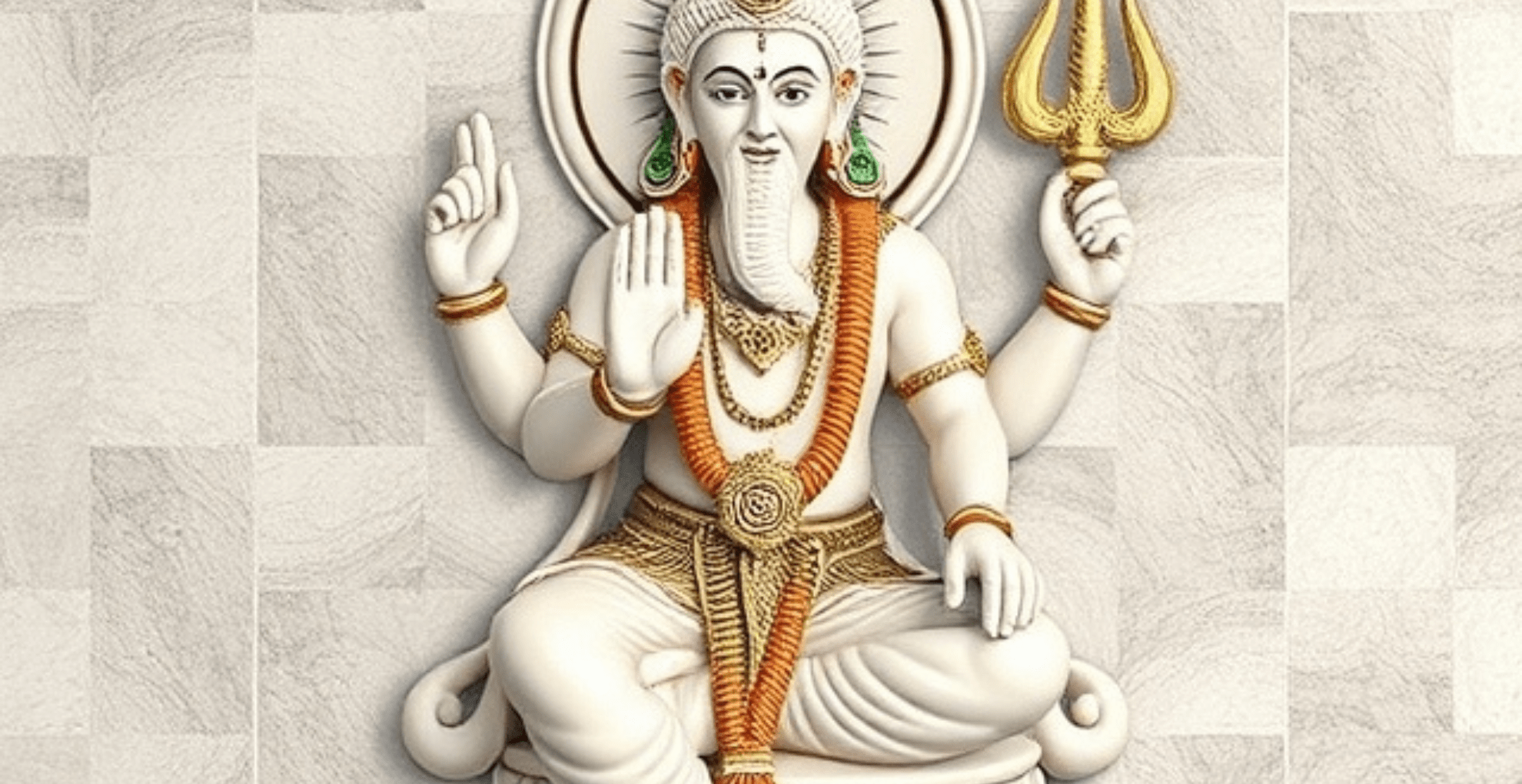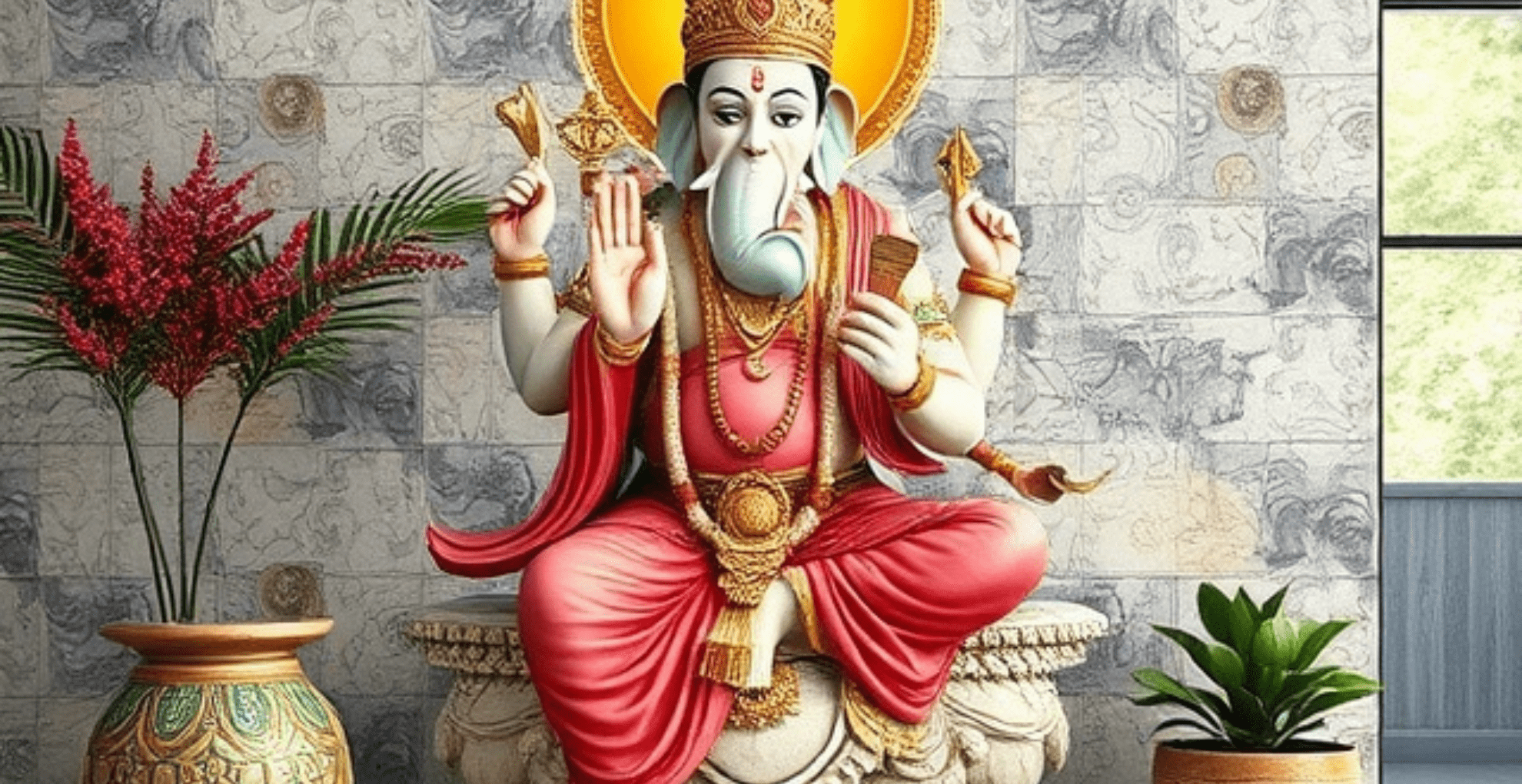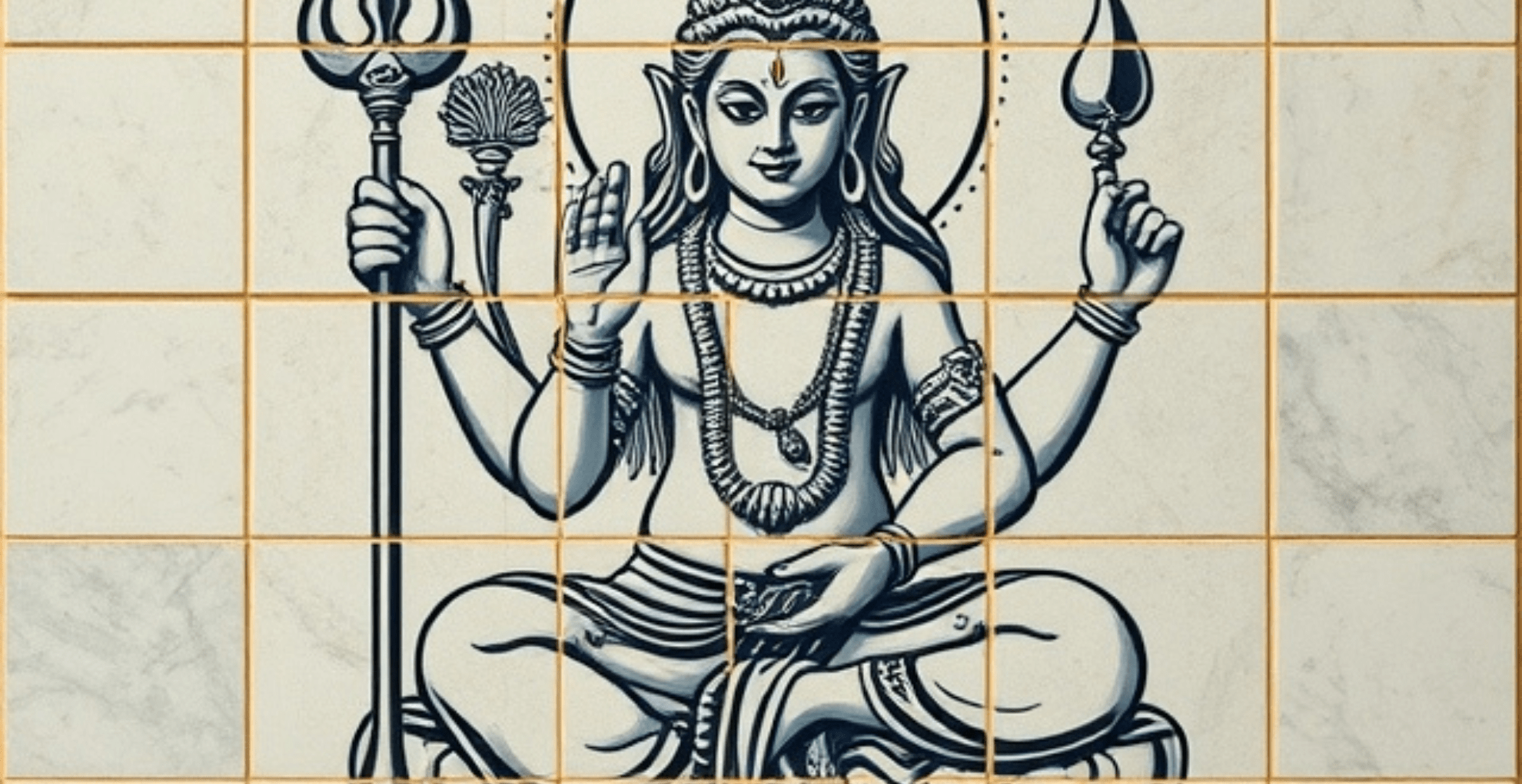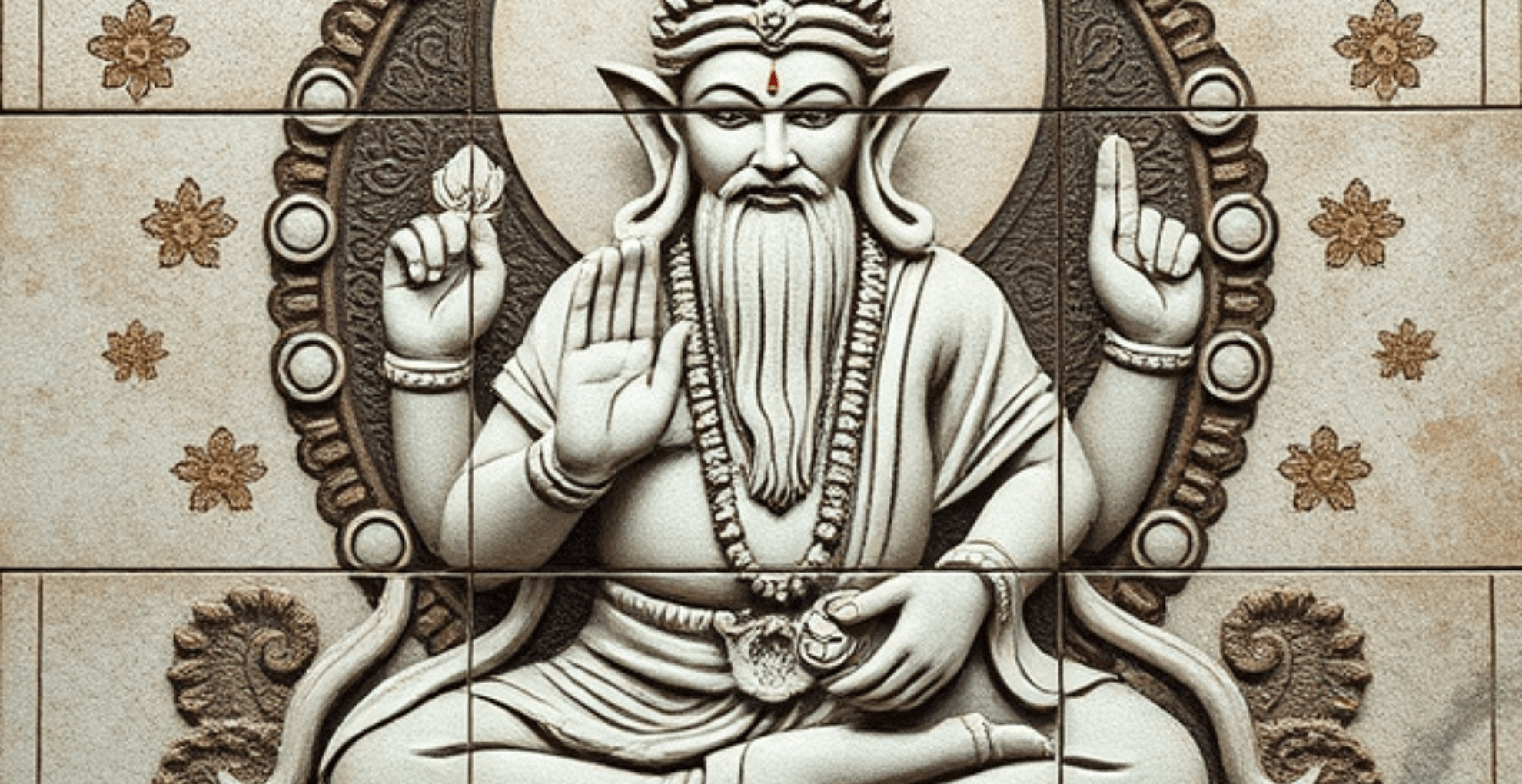
Handmade Tiles
Discover the timeless charm of handmade tiles. Crafted with precision and creativity, these tiles feature unique patterns, vibrant colours, and artisanal textures, perfect for adding elegance to any space
Explore Handmade Tiles Latest Designs
Handmade Tiles by Future Stiles: Redefining Elegance in Modern Spaces
Category
Tags
- Floor Tiles
- Floor Tiles Designs
- God Tiles
- God Tiles for Walls Designs
- House Design
- Mandir Tiles
- Mandir Tiles Design
- Modern Exterior Wall Tiles
- Modern Exterior Wall Tiles Design
- Modern Outdoor Floor Tiles
- Outdoor Floor Tiles
- Tiles Design
- Top 10 House Design
- Wall Colour
- Wall Colour Combinations
- Wall Colour Combinations for the Living Room
- Wall Tiles
- Walls Designs
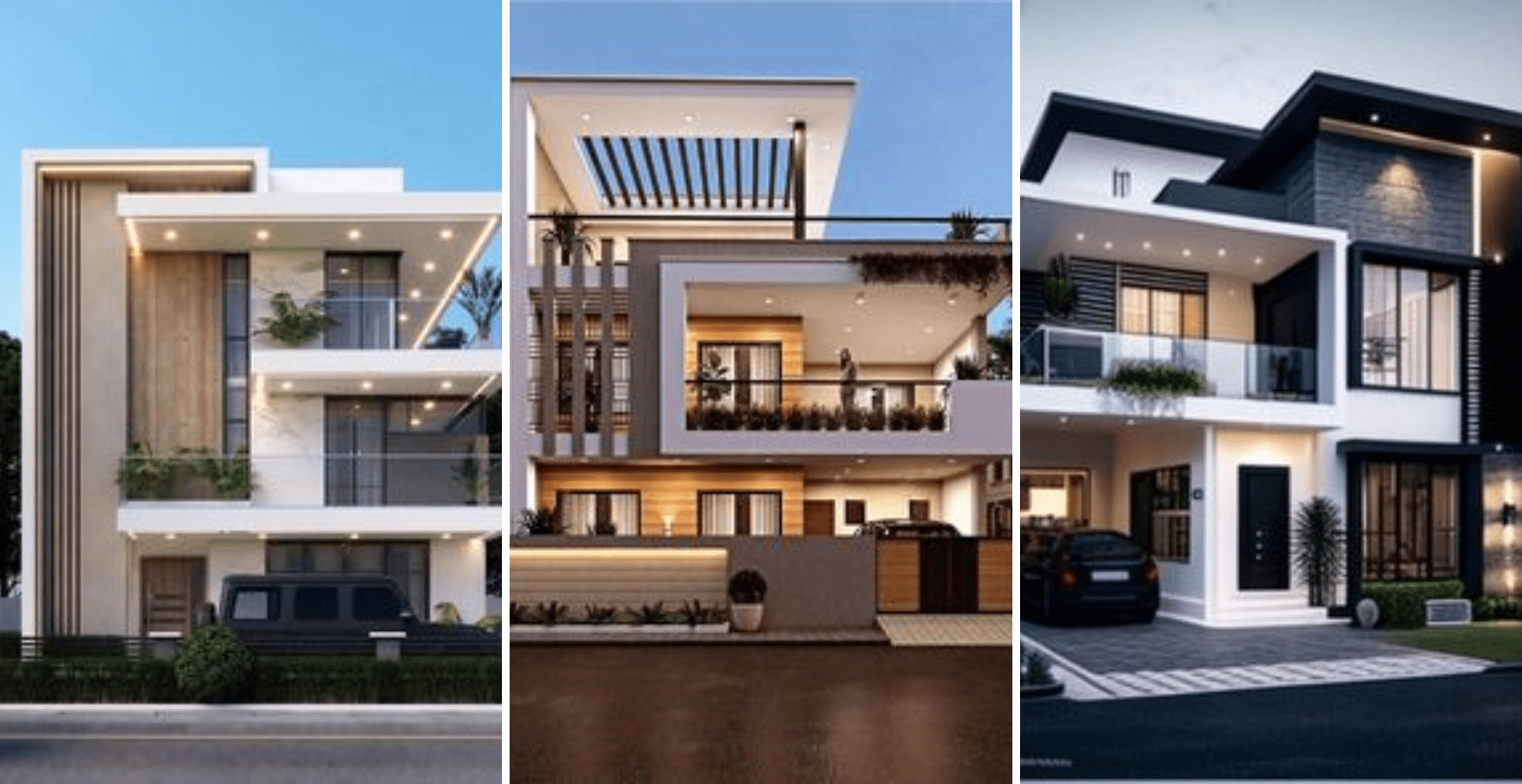
Top 10 House Design
Constructing a house can be incredibly personal and transformative. It is not only constructing four walls, but rather constructing a space where one’s interests are catered to, and the individual comfortably thrives. This could be designing a luxury retreat, or even renovating existing places. Most importantly, creativity, practicality along with progressive thought is needed in order to successfully design one’s house.
We are going to dive deeper into planning, current styles and trends, and how to create the home that fits the needs of the user – these are the very basic parts of house designing.
1. Understanding Your Needs and Preferences
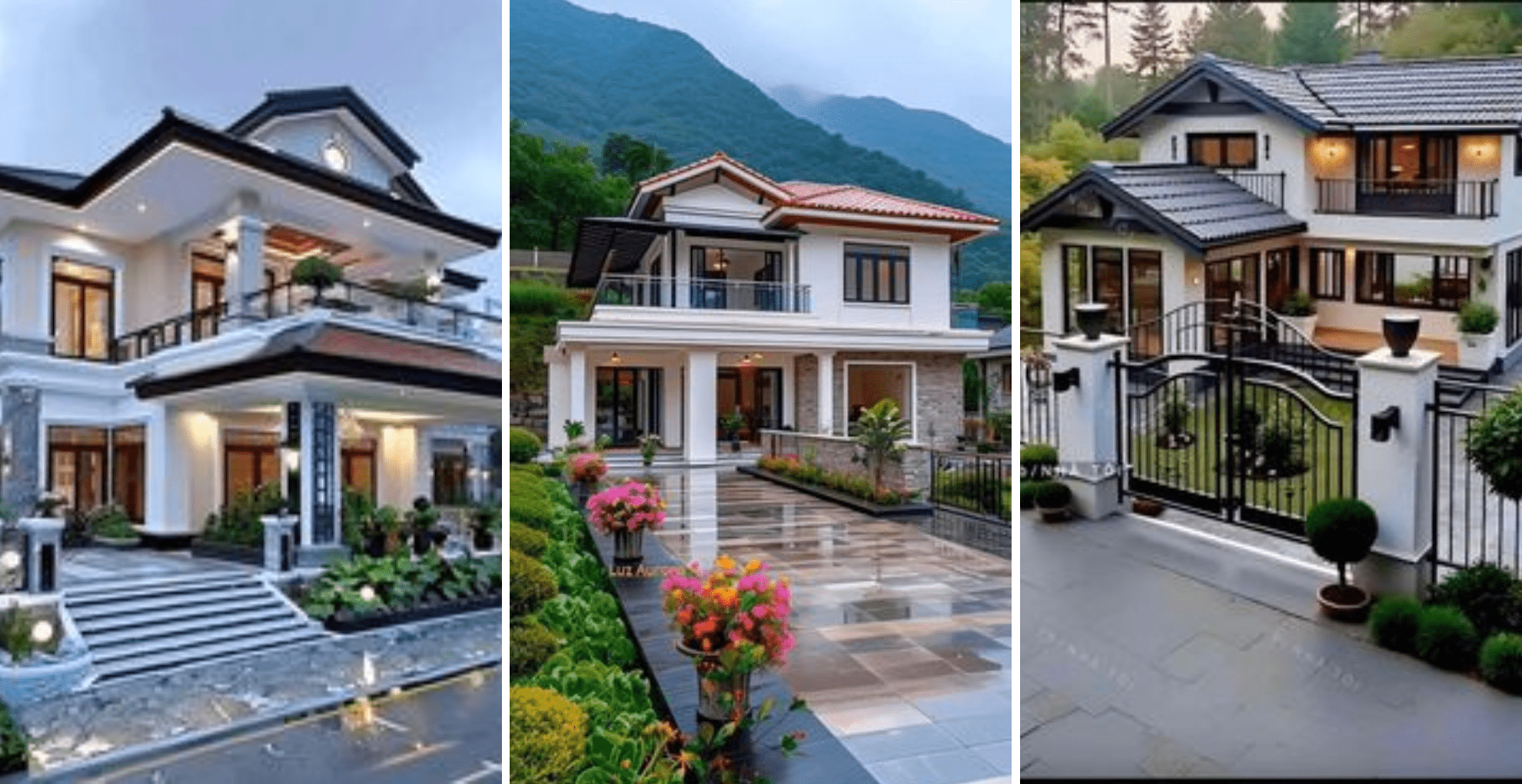
Planning the architecture or aesthetics must come afterwards. First, identify the goals for the house design. This could be:
- How many bathrooms and rooms do you need?
- Do you want open concept spaces or defined rooms?
- How does your lifestyle look like? Is it entertaining often or prioritizing quiet, private spaces?
- Do you require specialized spaces like a home office, gym or a garden?
After clearly identifying the goals, requirements, and getting answers for the listed questions, one can design the house layout that perfectly fits in the lifestyle.
2. Popular Architectural Styles for Houses
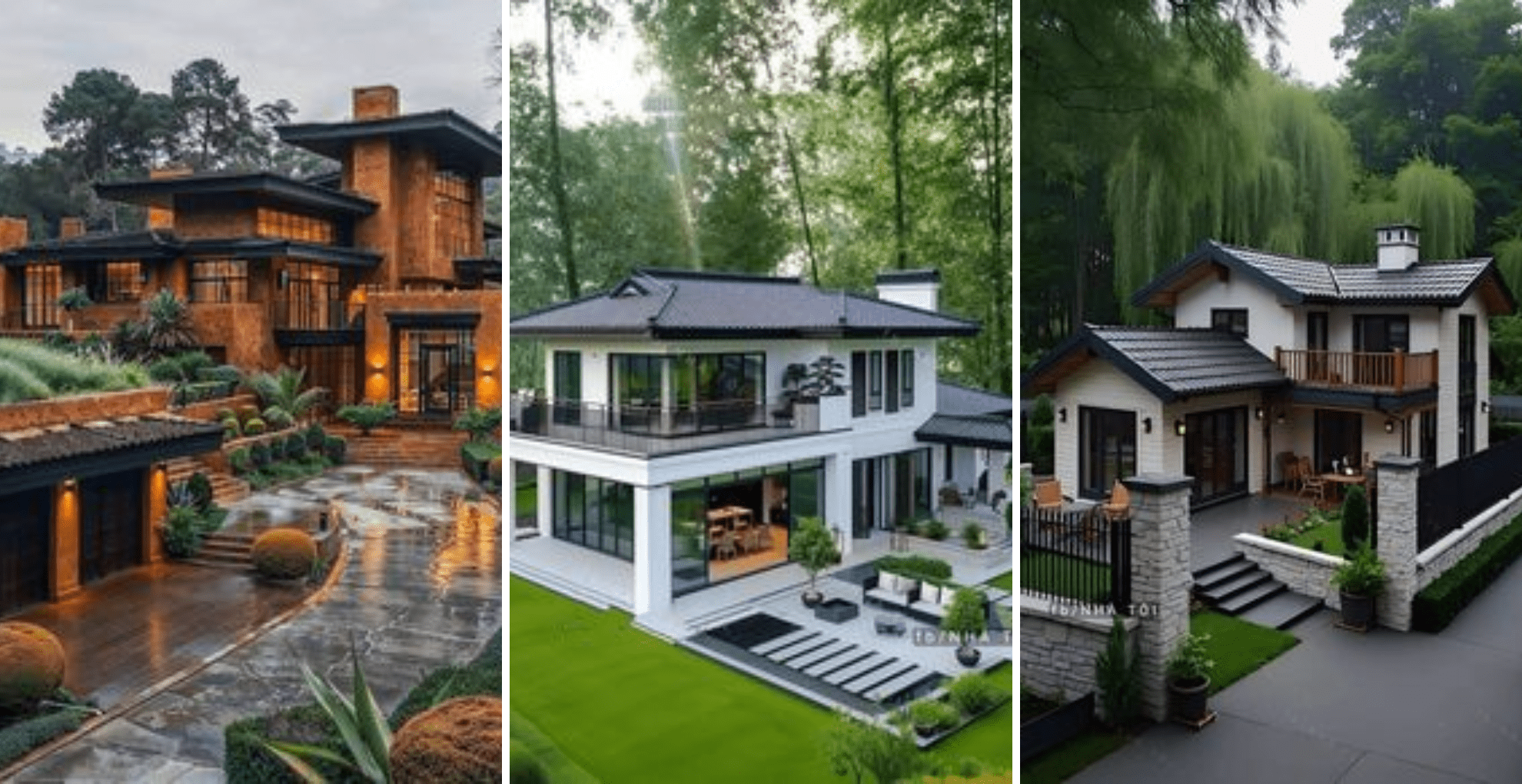
The design style of your home is a very important factor in the way it looks and how it serves its purpose. These are some of the most common styles of houses:
a) Modern Design:
New houses focused on these features: natural connection, clean style, and detailing. Nowadays, people prefer less complicated homes. While modern designs include:
- Unpartitioned floors.
- Hence big windows to let light penetrate.
- Muted colors on the facade.
- Contemporary materials such as glass, concrete, and steel.
b) Traditional Design
On the other hand, traditional homes draw a lot inspiration from the bygone era. These homes consist of:
- Blueprint symmetry.
- Pitched roofs and detailed eaves.
- Wood or brick cladding.
- Cozy, enclosed rooms.
c) Contemporary Design
A blend of modern elements and sustainable practices, contemporary homes look like these:
- Energy-saving designs such as green roofs and solar panels.
- Geometric shapes made from innovative materials.
- Open areas designed around functionality.
d) Farmhouse Design
The farm house style incorporates rustic charm with modern conveniences. The essential features are:
- Wooden decor like floors and beams.
- Open porches.
- Barn doors with shiplap walls.
- Welcoming kitchens.
e) Mediterranean Design
Mediterranean homes that are inspired by the coastal regions of Italy and Spain have:
- Terracotta roof tiles and stucco walls.
- Arched doors and windows.
- Fountains alongside outdoor courtyards.
• Earthy and warm colors.
3. Designing Functional Spaces
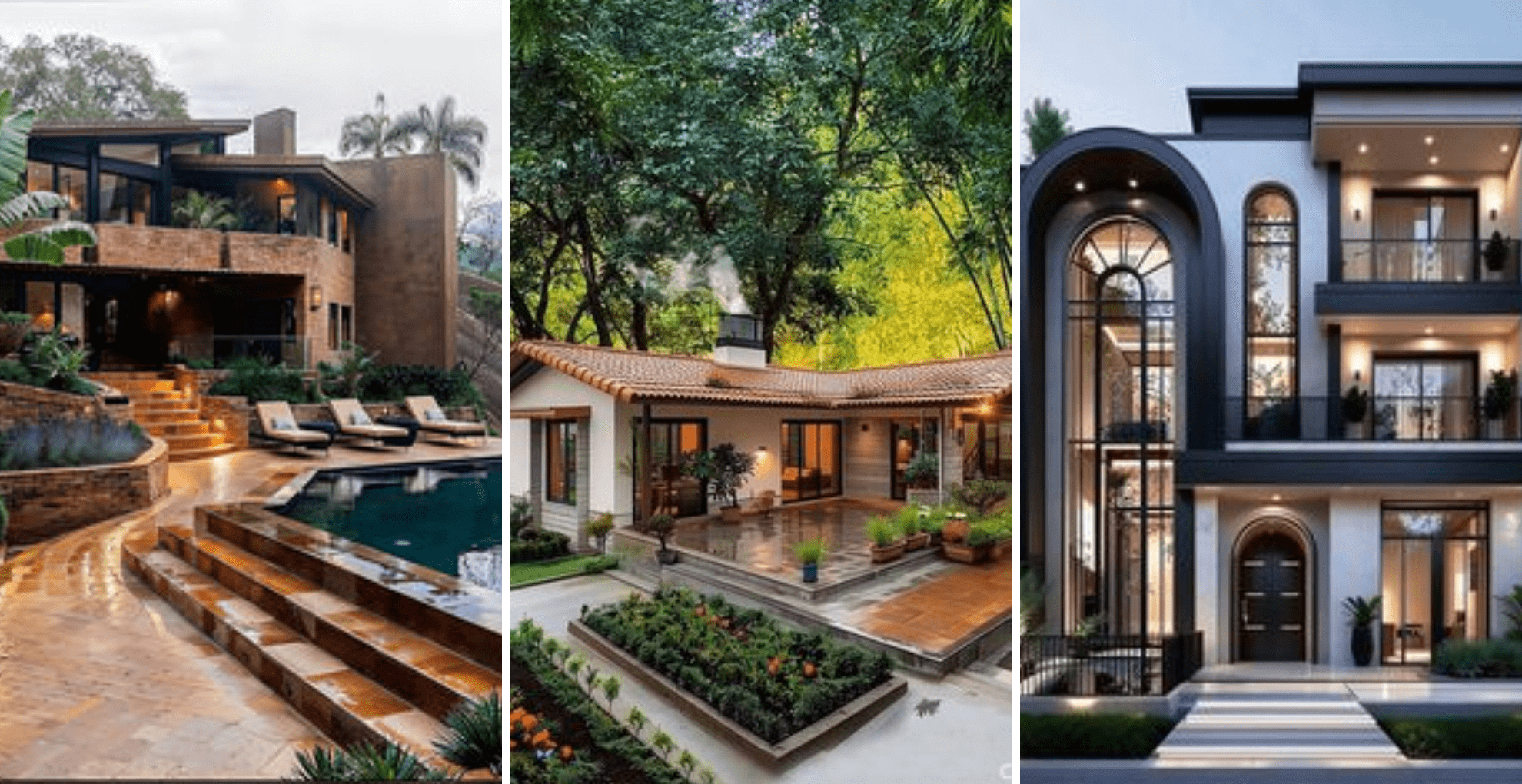
A great house design ensures that beauty and function exist side by side as well as can be achieved within the confines specified. Each region of the house has specific functions and features that are aided by the design.
a) Living Room
The paticipants use the living room for relaxing or socializing. Here are a few strategies for designing an inviting and useable living room:
- Select a large contour and provide sufficient chairs.
- Use large windows or skylights to allow plenty of natural light.
- Neutral colors for walls and floors should be used as the base, while decor and furnishings are used to add color.
- A fireplace or accent wall will also create a focal point.
b) Kitchen
It is said that the kitchen is the heart of the house. Here are some tips for effective and good-looking bedrooms:
- Select an efficient style like L-shaped, U-shaped, or open concept.
- Add cabinets, pull out drawers, and pantry space for easy storage.
- Use quartz countertops and stainless steel appliances for long lasting materials
- Add a kitchen island for more workspace and chairs.
c) Bedrooms
Each bedroom should ensure comfort and peace. Here are some to consider when designing a bedroom:
- Softer colors combined with cozy textures will achieve a calming feeling.
- Beds should be placed in locations where natural light is available without compromising privacy.
- Built in wardrobes or walk-in closets will ensure adequate storage.
- Artwork and custom lighting will add a personal touch.
d) Bathrooms
Bathrooms can be spaces of wellness and luxurious comfort while being highly functional. To achieve this:
- Invest in luxurious fixtures like rain showers and freestanding tubs.
- Add some style and texture with tiles that are easy to maintain.
- Add adequate lighting and ventilation.
- Include floating vanities or recessed shelves for storage.
e) Outdoor Spaces
Gardens, patios, and even balconies add value and improve the overall design of the house. Ideas for outdoor spaces include:
- Nature-inspired Landscaping with Plants, Flowers, and Water Features.
- Seating Areas With Weather-Resistant Furniture.
- Pergolas, an Outdoor Kitchen, or Firepits.
- Lighting for pathways and ambience.
4. Embracing Sustainable Design
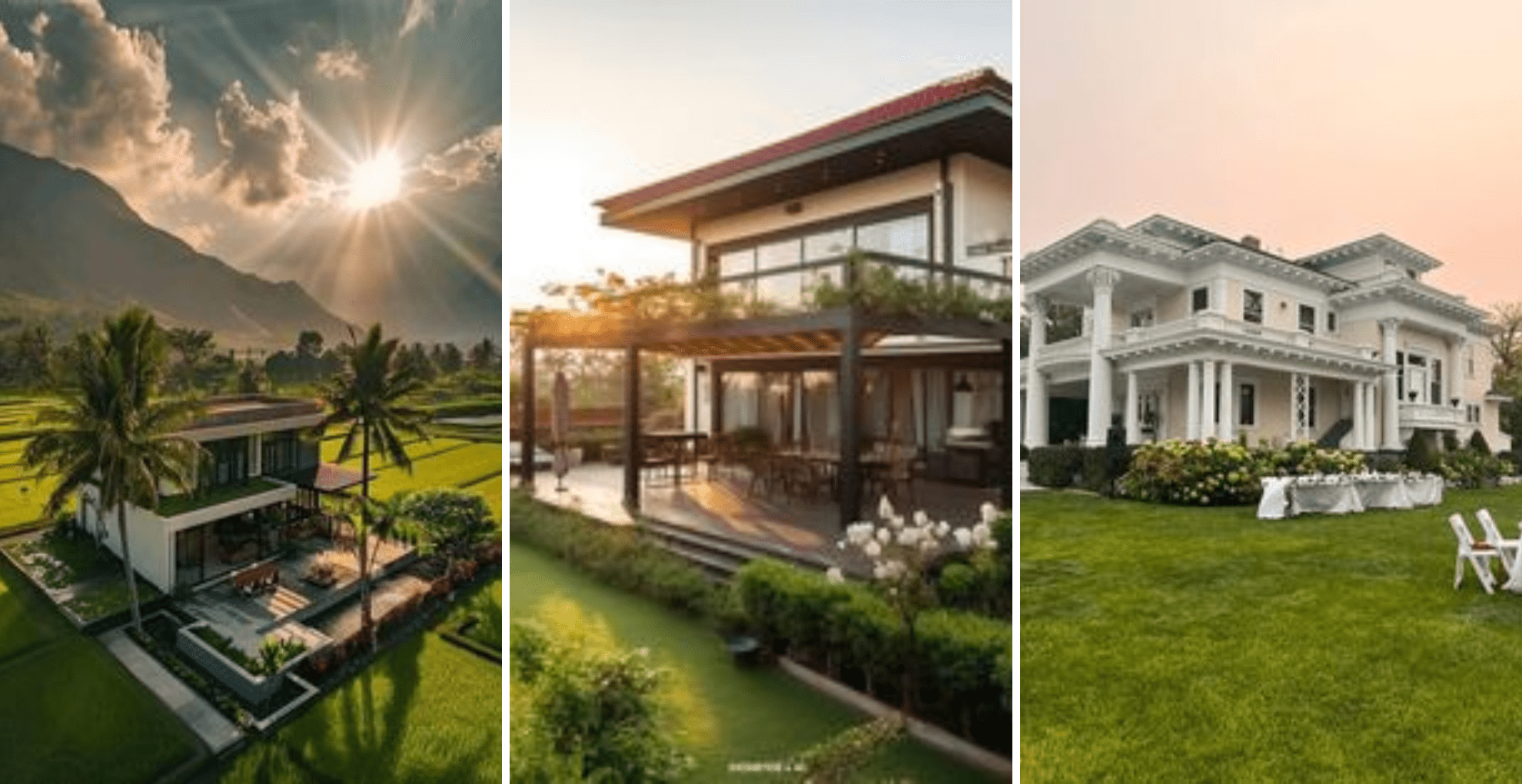
In house design, sustainability is becoming more and more important. By adding features that are friendly to the environment, you can lessen your carbon footprint, as well as save on energy expenses. Key sustainable practices include:
- Energy Efficiency: Installing LED lights, energy-saving appliances, and ensuring good insulation reduces energy use.
- Solar Panels: Providing solar panels for the house allows for clean energy to be created.
- Rainwater Harvesting: Systems to collect rainwater for gardening or other household uses are environmentally friendly.
- Eco-Friendly Materials: Bamboo flooring, reclaimed wood, and recycled tiles are sustainable materials.
5. Interior Design Trends
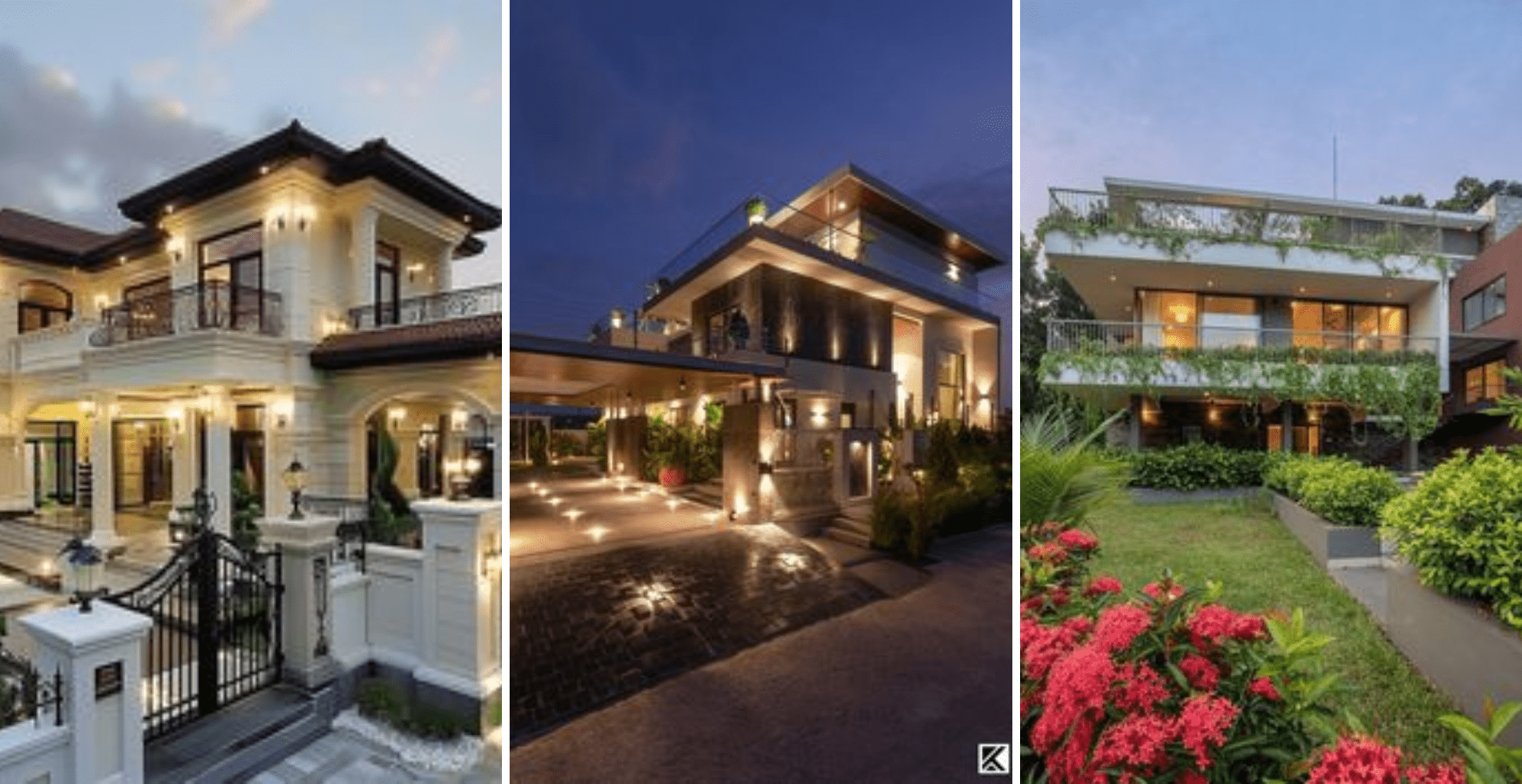
When it comes to designing houses, modern styles are deliberate in balancing beauty and practicality. The following interior design aspects are among the most sought after today:
- Open-Concept Living: Combine the kitchen, dining, and living areas for an airy atmosphere.
- Smart Home Technology: Use smart thermostats, lighting, and security systems for added convenience and energy efficiency.
- Biophilic Design: Use large windows, plants, and natural materials to incorporate the outdoors into the indoors.
- Neutral Palettes: Incorporate more bang and olive green for a sophisticated, timeless appearance.
- Statement Lighting: Use bright & exceptionally expressive light fixtures as decor.
- Multi-Functional Furniture: Transformable, space-saving furniture pieces that can be put to various uses.
6. Budgeting for House Design
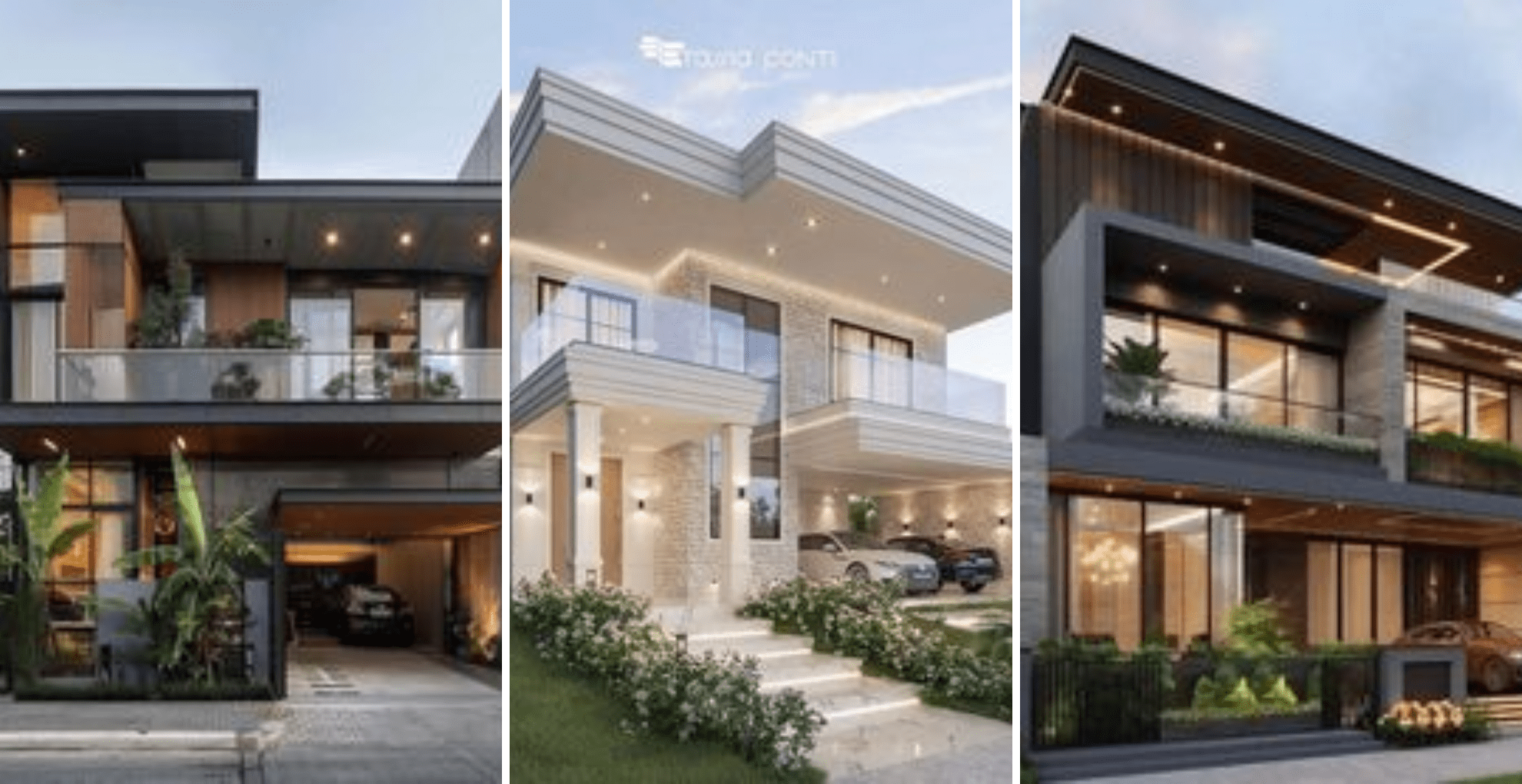
Designing a house comes at a cost. The initial price is determined by elements such as the structures geographical indication and size. To keep your design within affordable standards:
• Outline a detailed activity plan and make sure it prioritizes necessary features.
• Collaborate with a well reputed design professional for an affordable and proficient plan.
• Rather than settling down, consider their market value and go for something that offers good service without substandard quality.
• Put aside a budget for unforeseen outcomes.
7. Working with Professionals
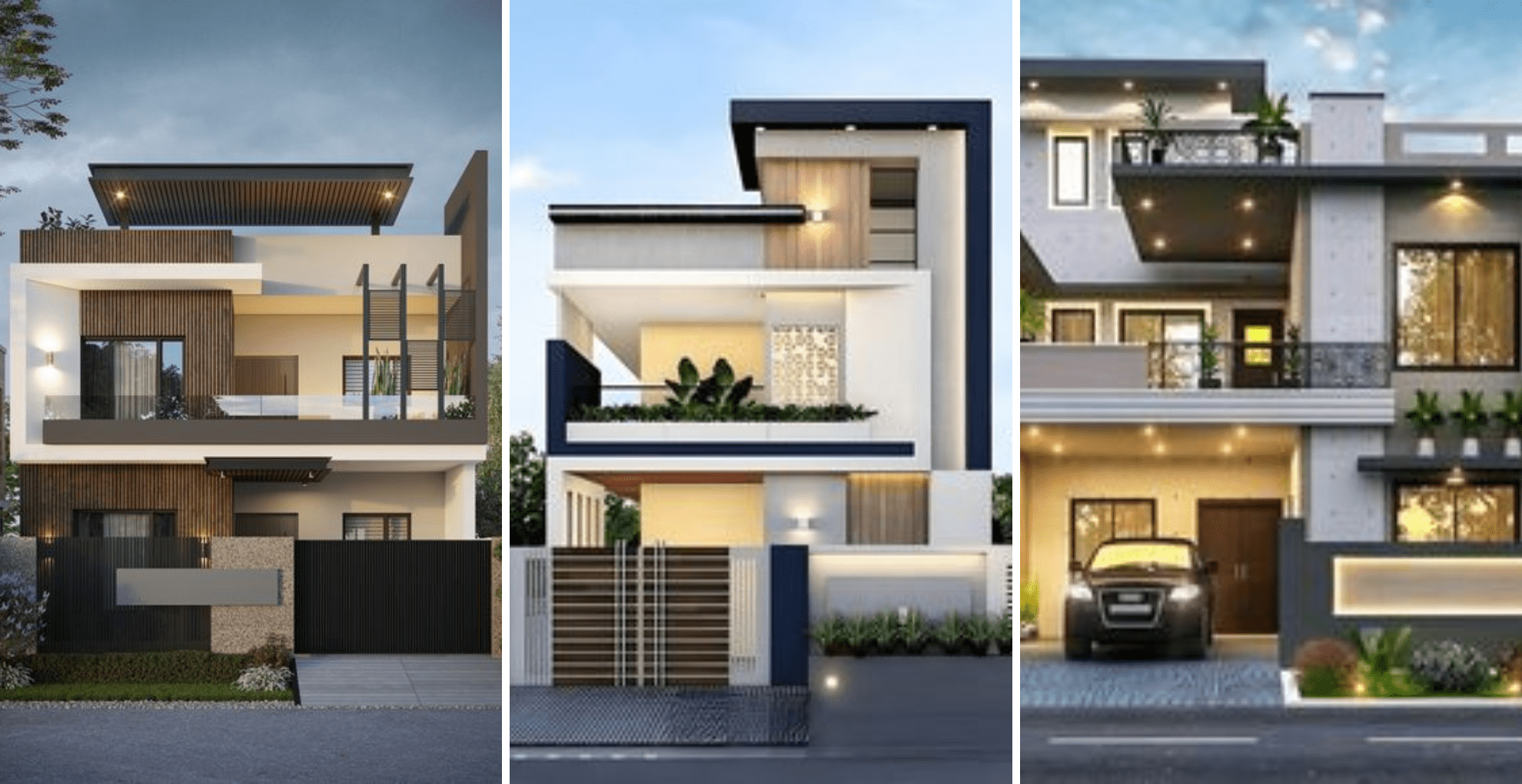
Constructing a house is a very challenging practice that encompasses a wide range of skills. A good team of architects, interior designers, and builders can help you navigate this process while addressing some of the technical aspects. Here are some reasons working with pros pays off:
- They can give you sound opinions about lay outs, materials selection, and design concepts.
- They will make sure your house passes the local authority regulations and building codes.
• They can assist you in making the most of the space available within your financial means.
8. Personalizing Your Home
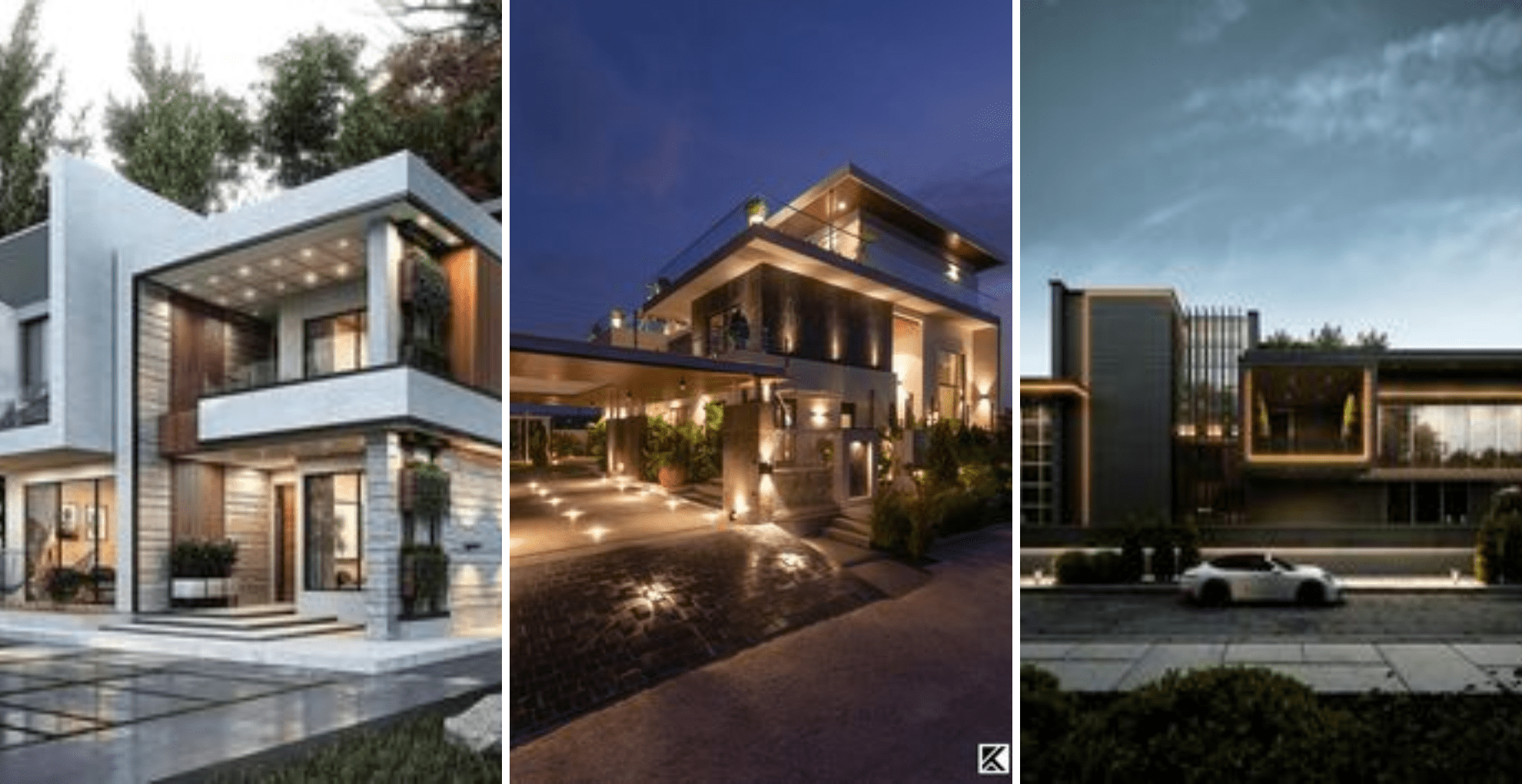
A person’s home can be splendid both in style and structure, but it only becomes complete when a person decorates it with elements that make them feel at home. Consider adding the following personalized details to make the house truly yours:
- Self-portraits, family pictures, or decorative items.
- Any color scheme, prints, or fabrics that you admire.
- An entire style such as industrial, bohemian, or rustic.
Conclusion
Every person should take the time to appreciate the liesure of creating a house. It’s an imaginative blend of practicality and creativity. Whether you are dreaming of a modern dwelling, a simple family abode, or an eco-friendly refuge, it is possible to achieve all that with careful planning and paying attention to detail
A well planned home not only enhances beauty but also helps improve the way you live. So, understand your needs and puzzle over the various architectural forms. Prioritize functionality, begin drafting your ideas and contact the appropriate professionals to see them to make your ideas turn into your reality!

